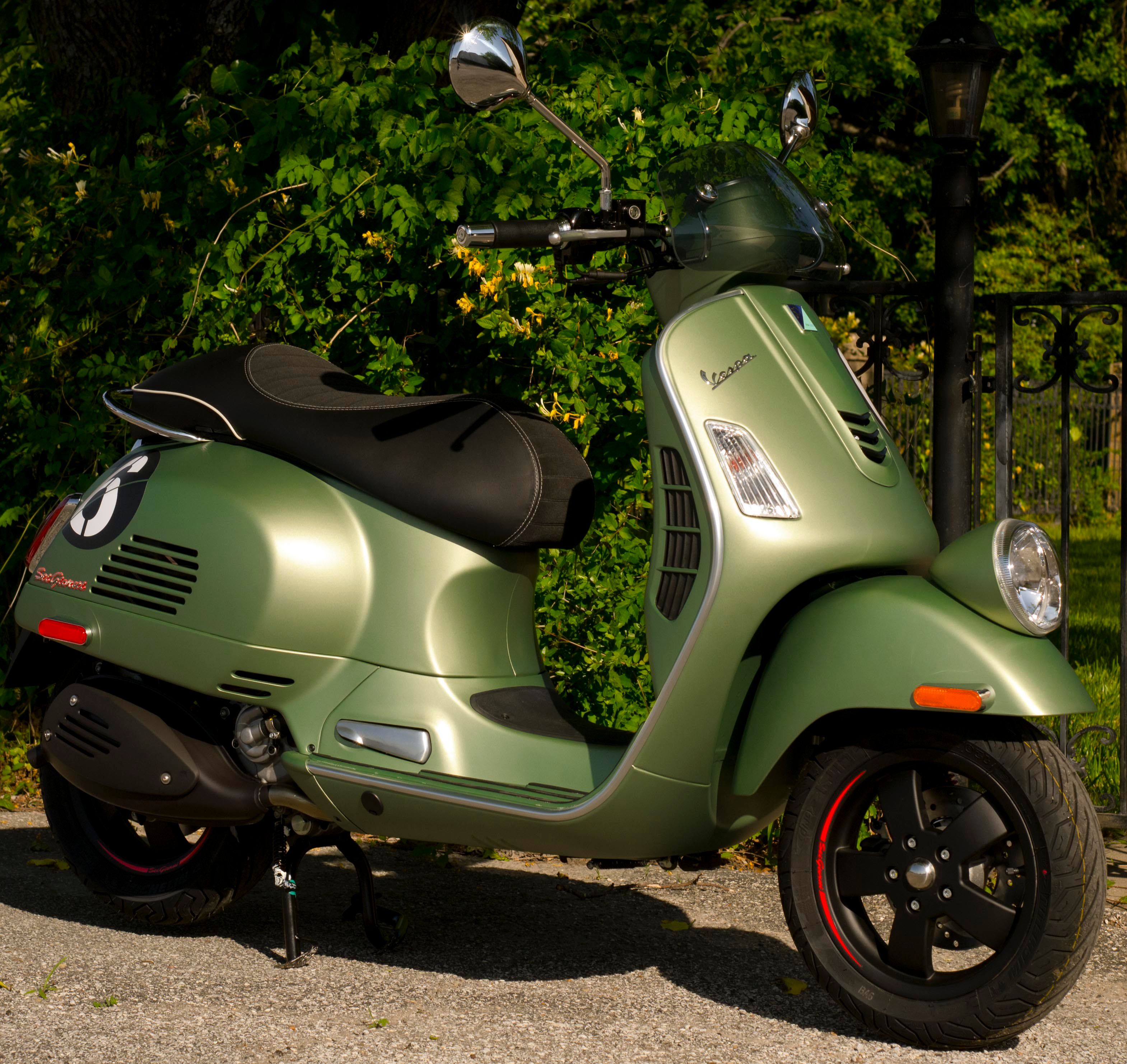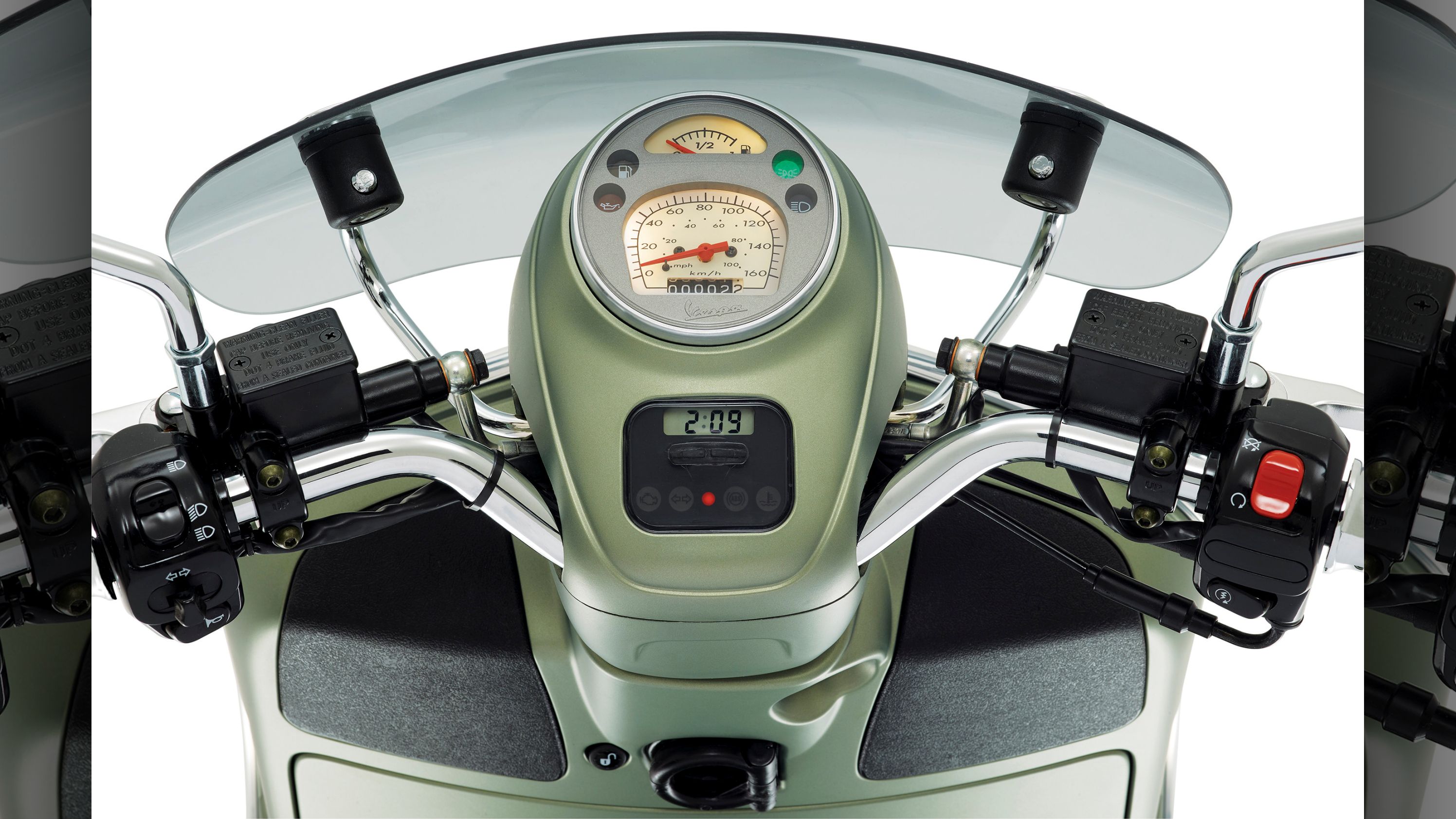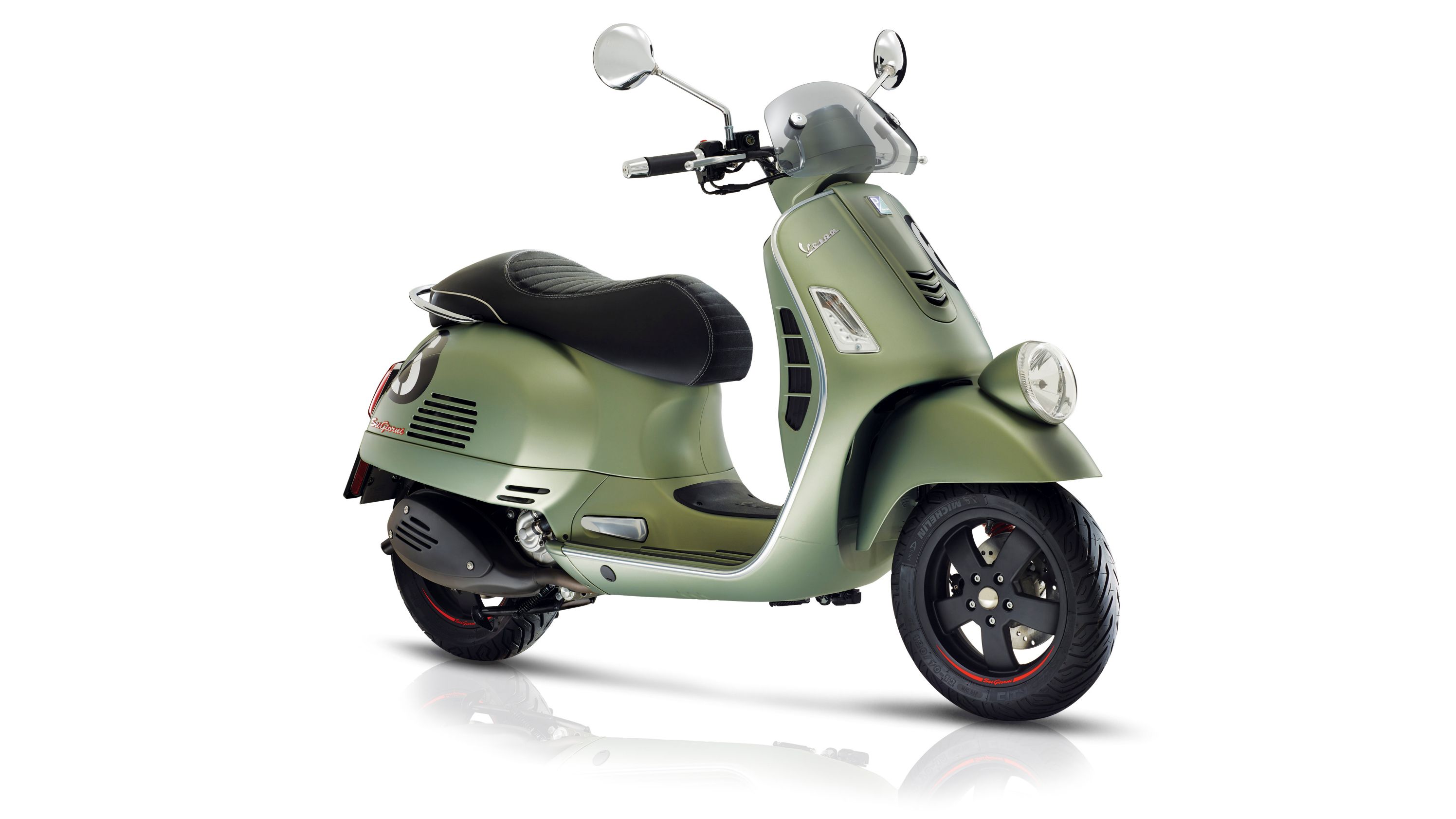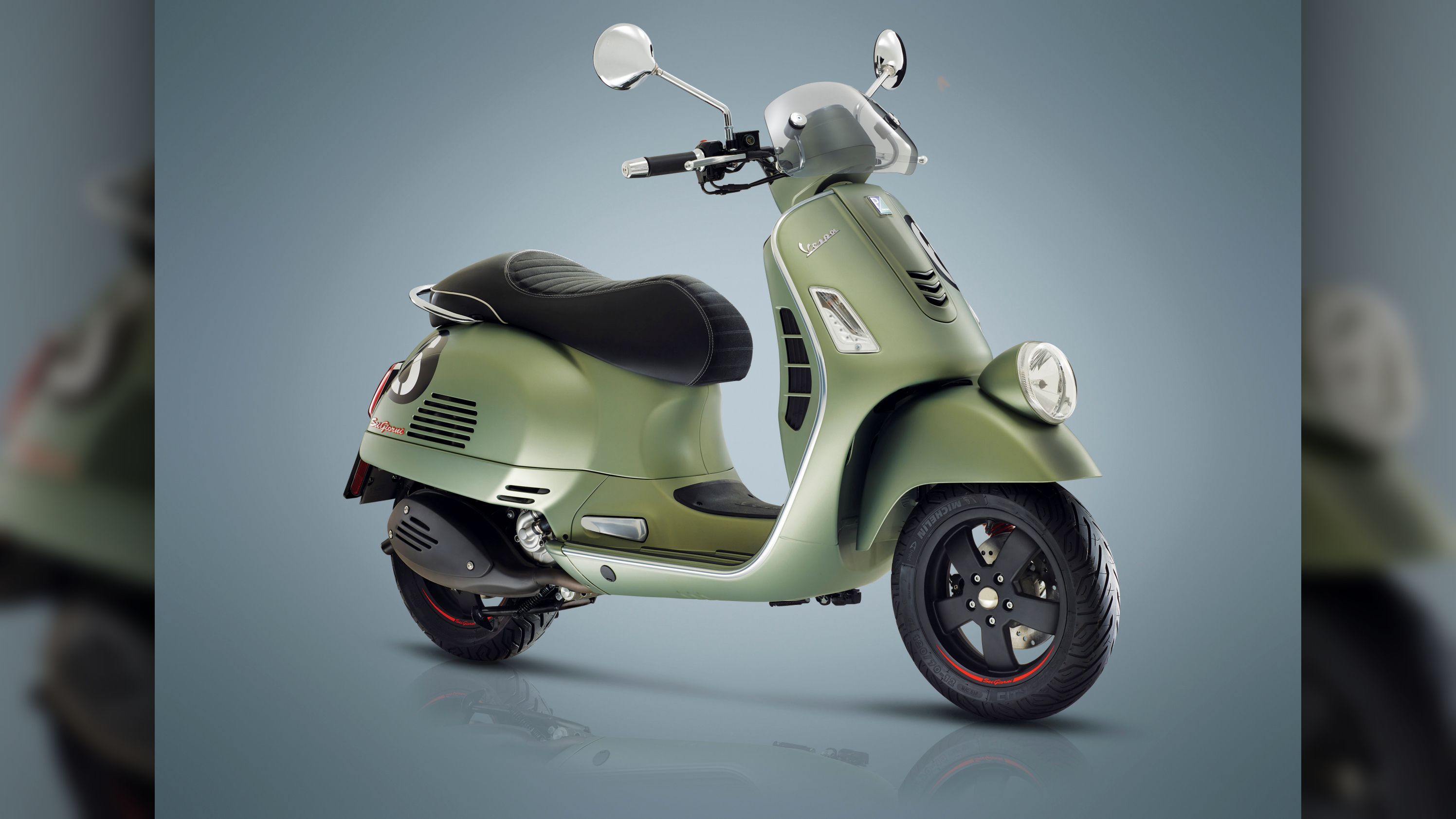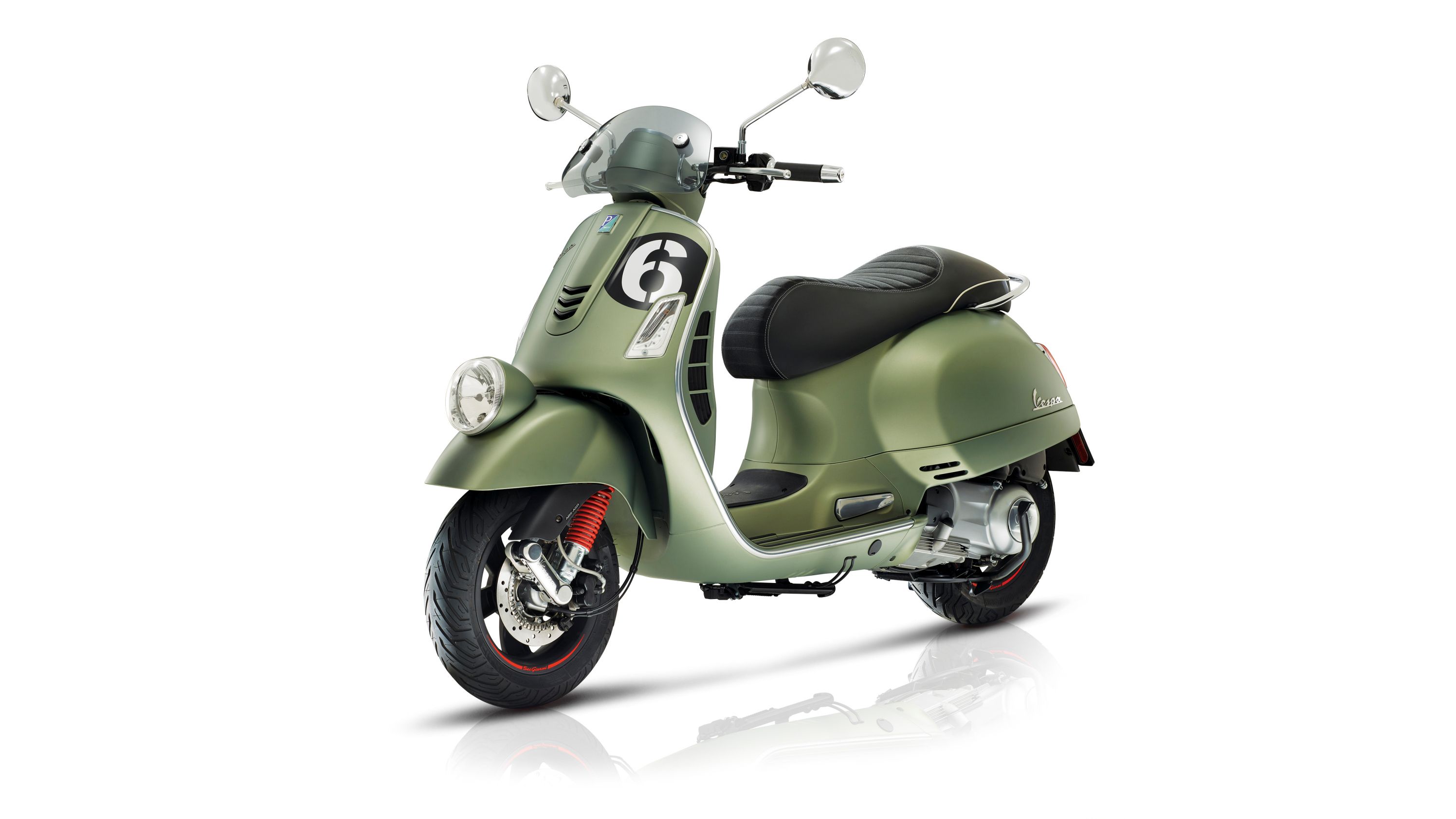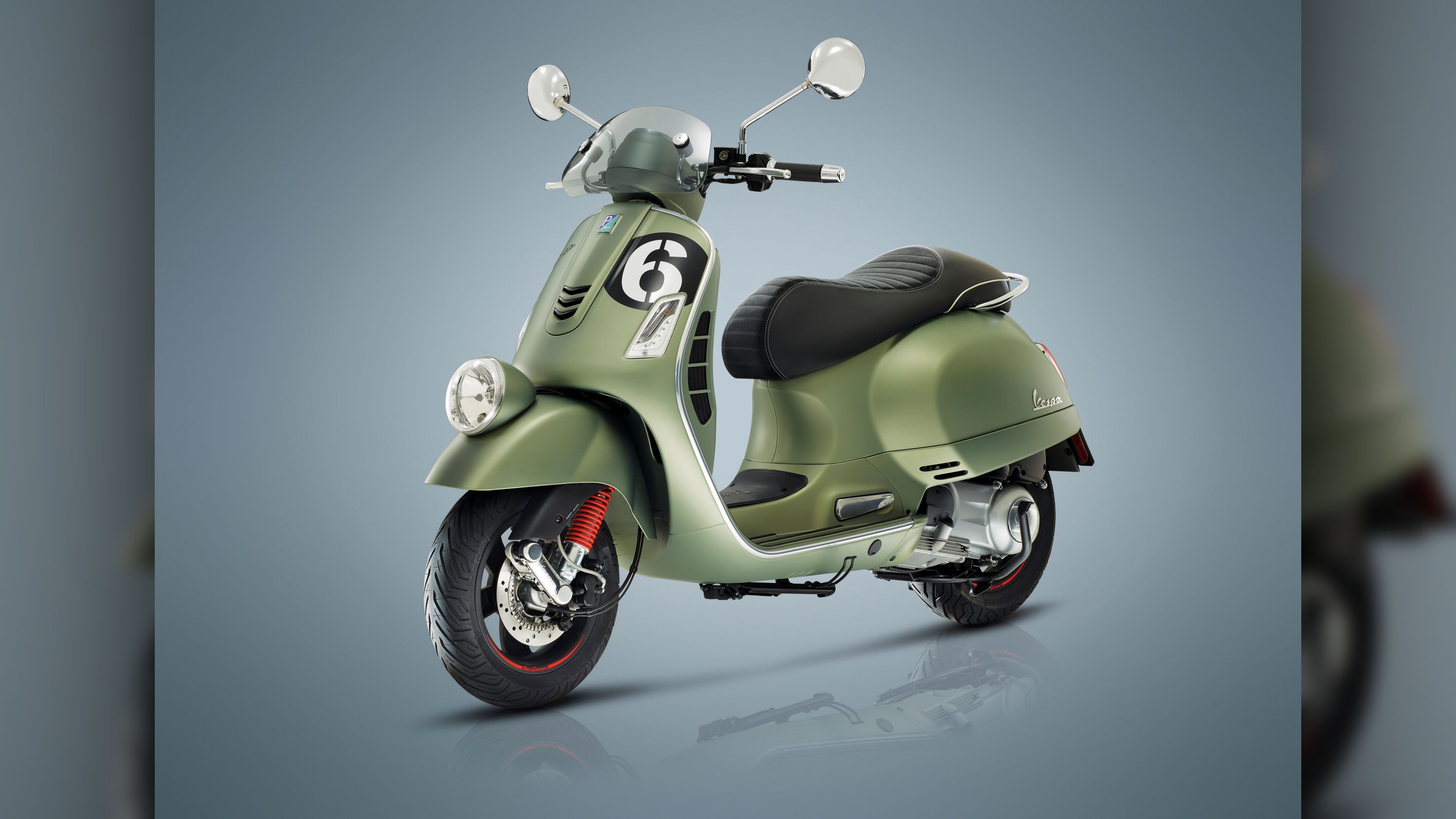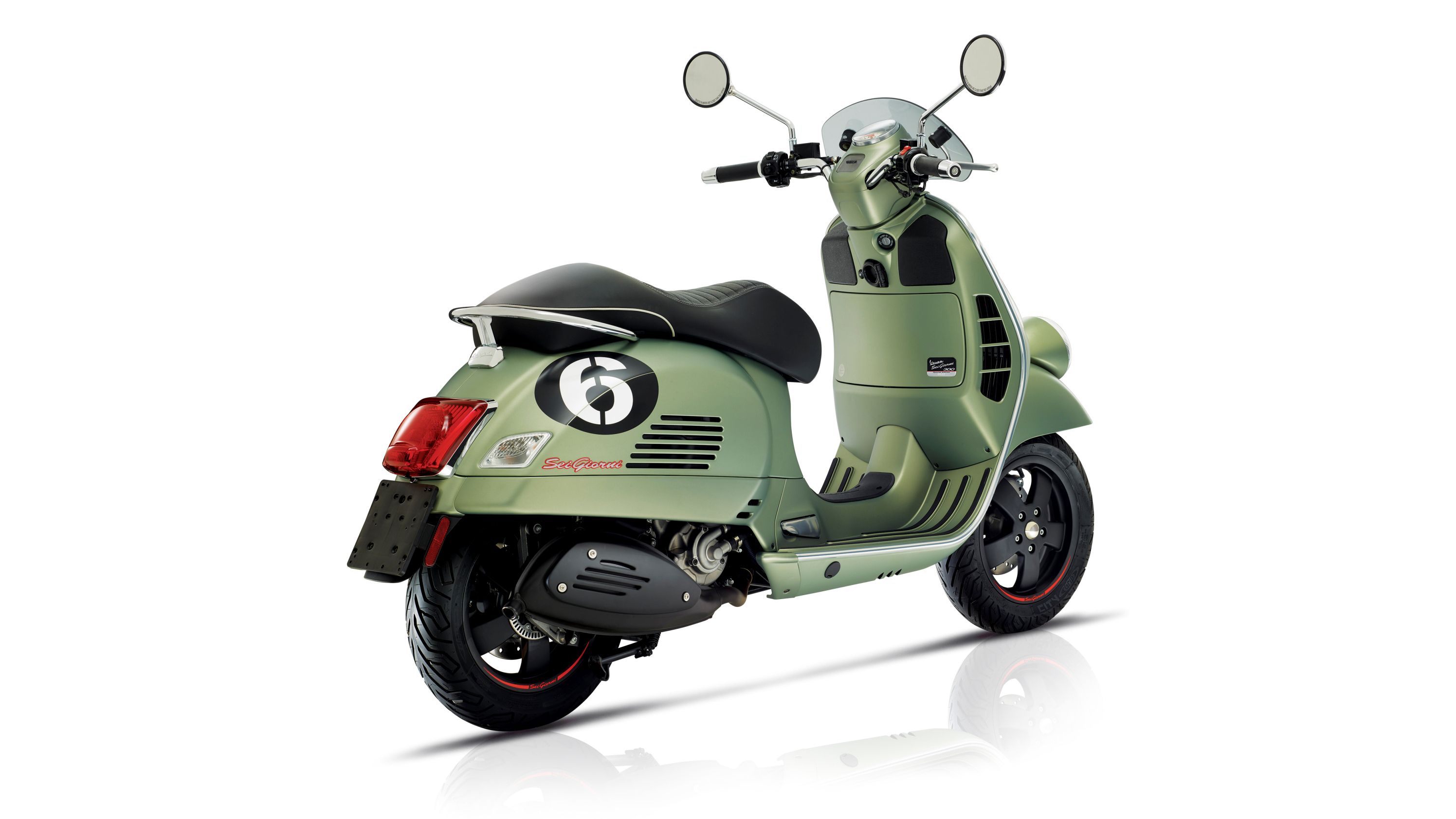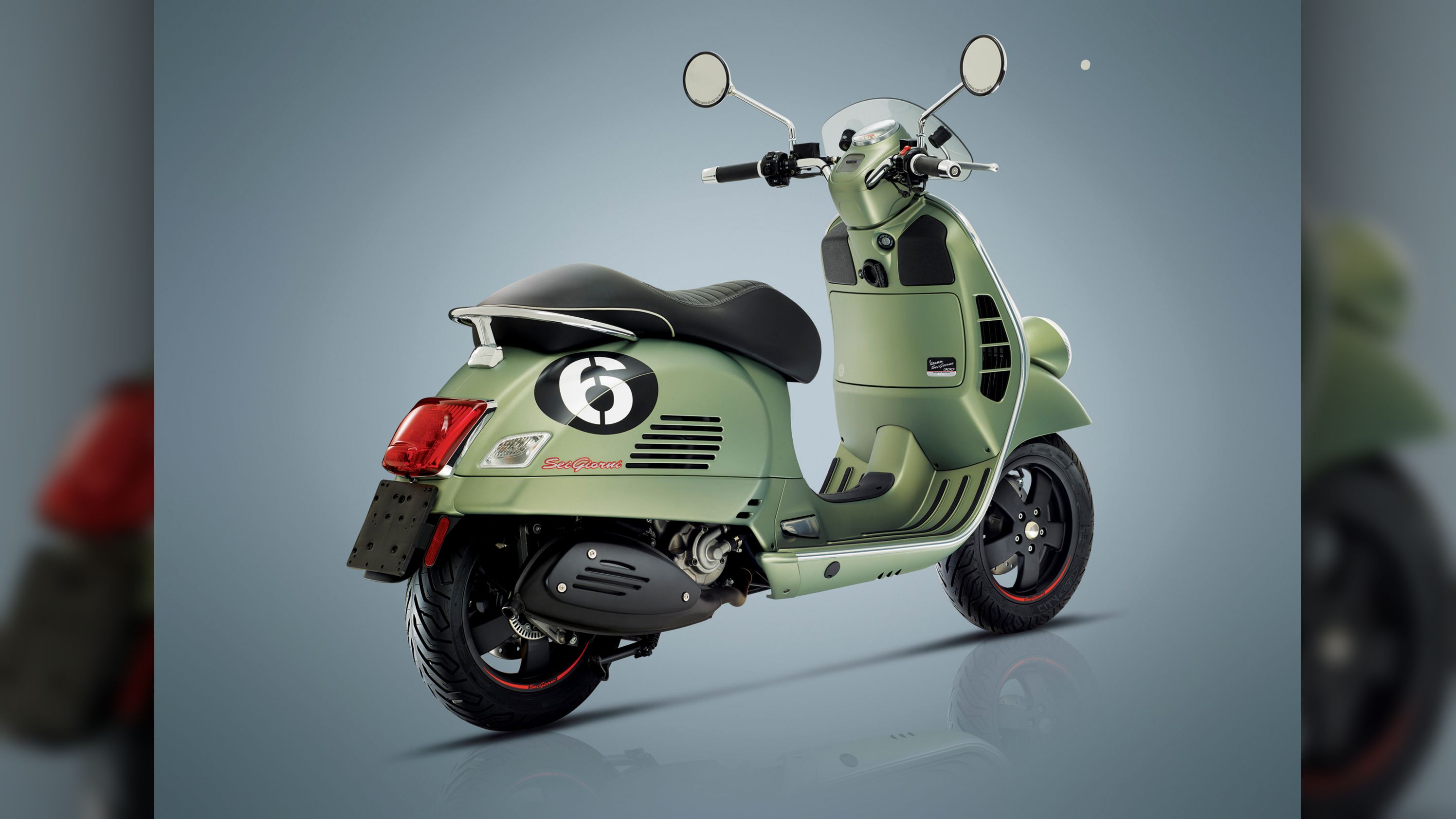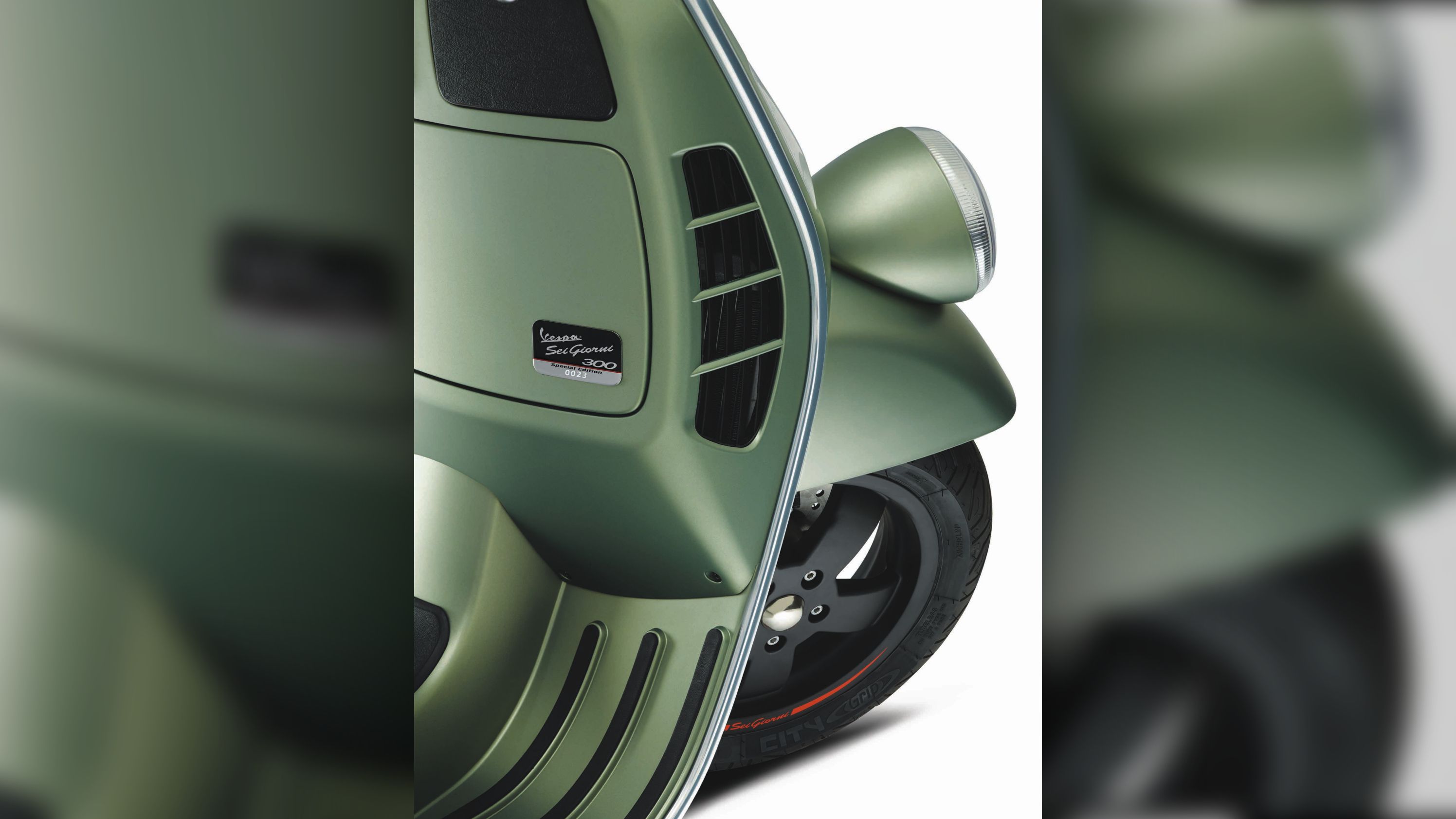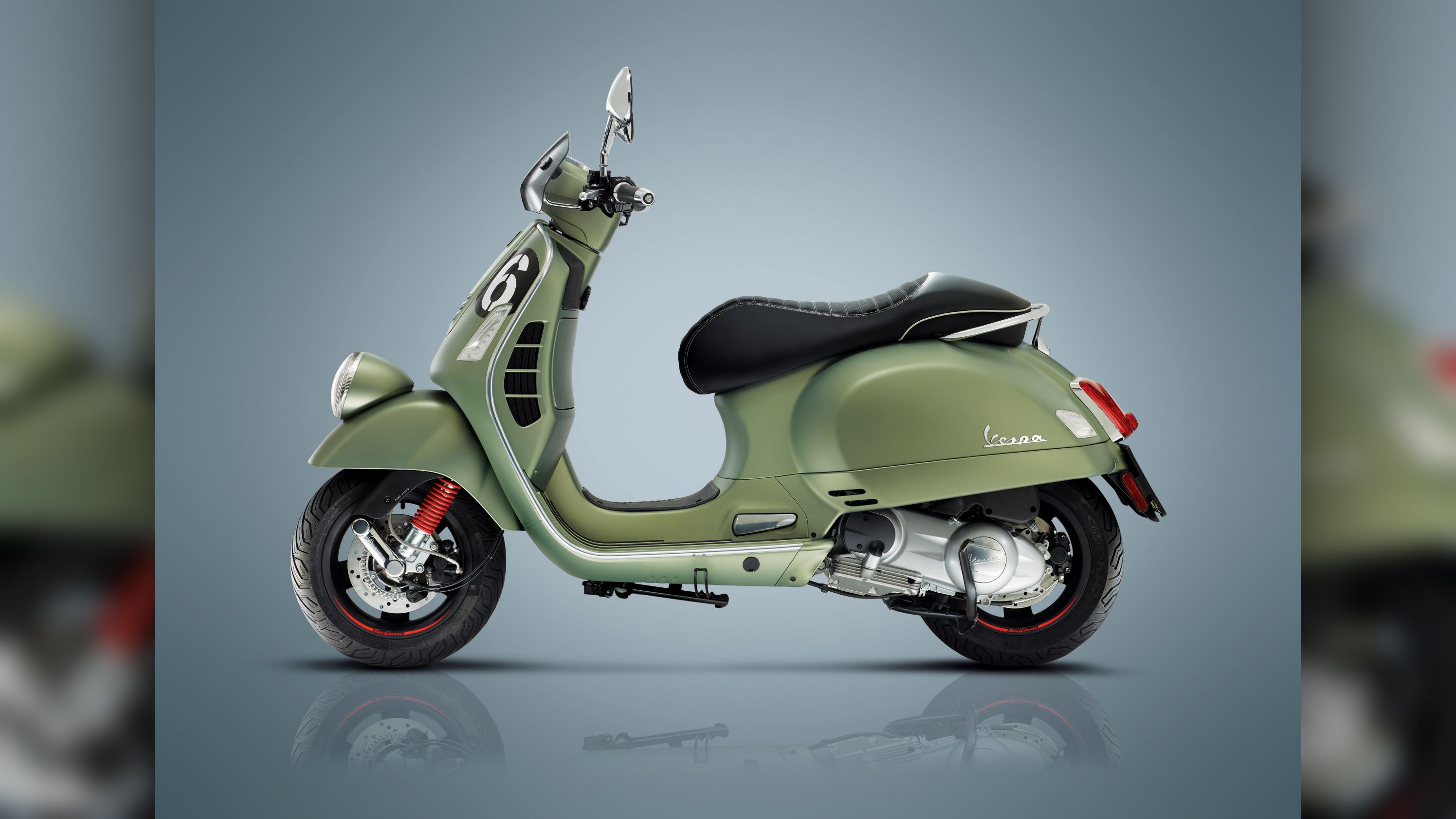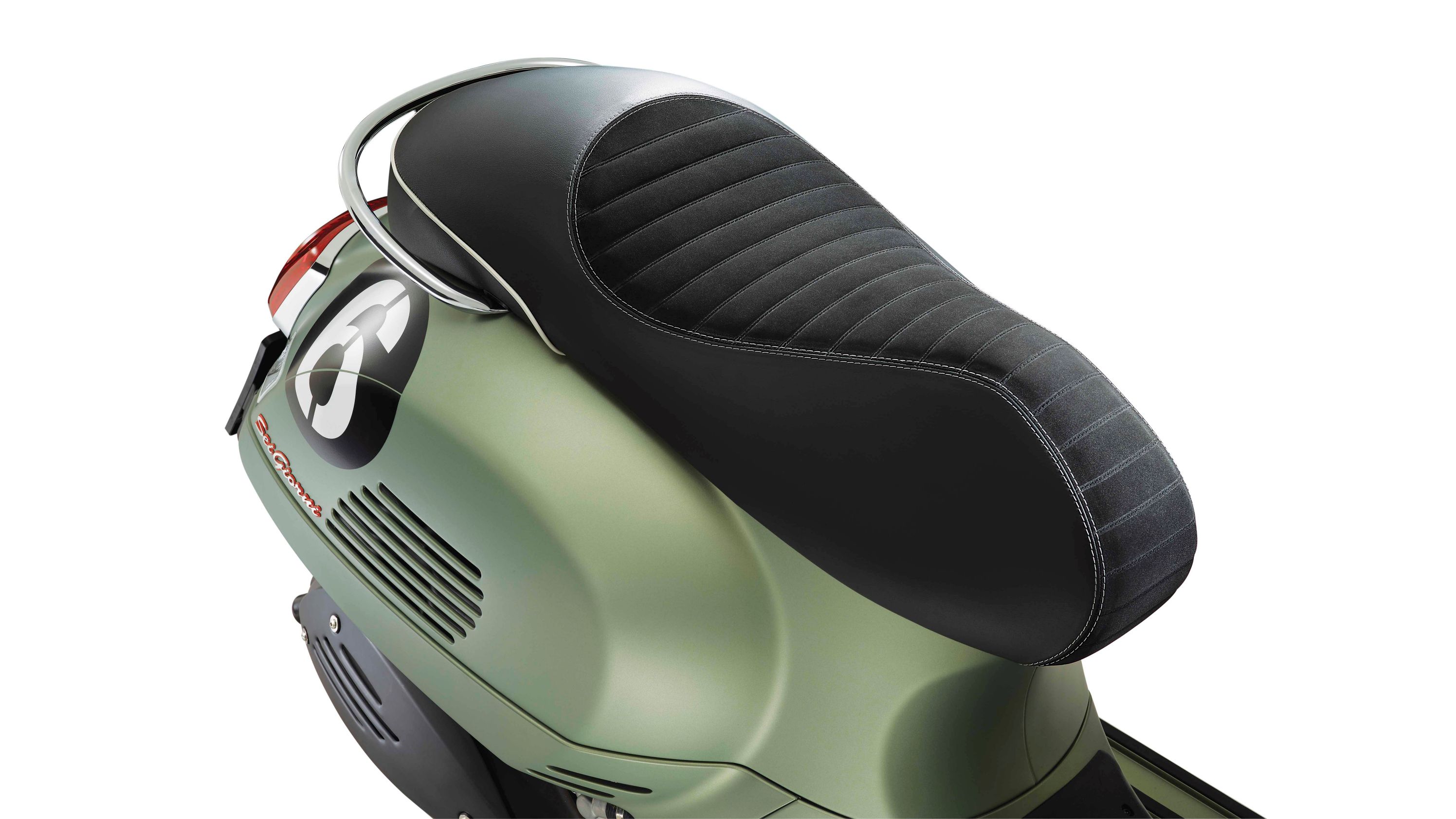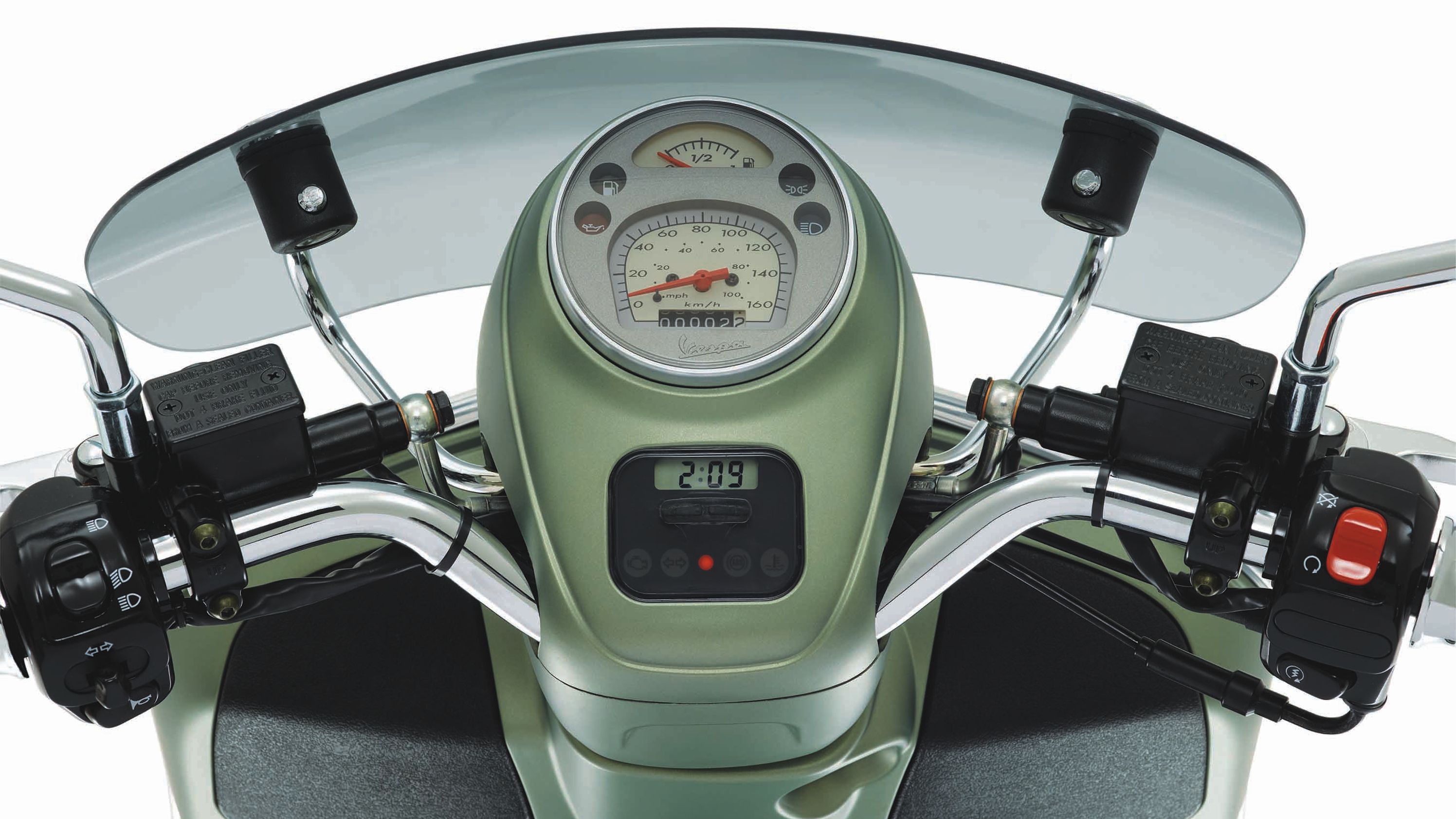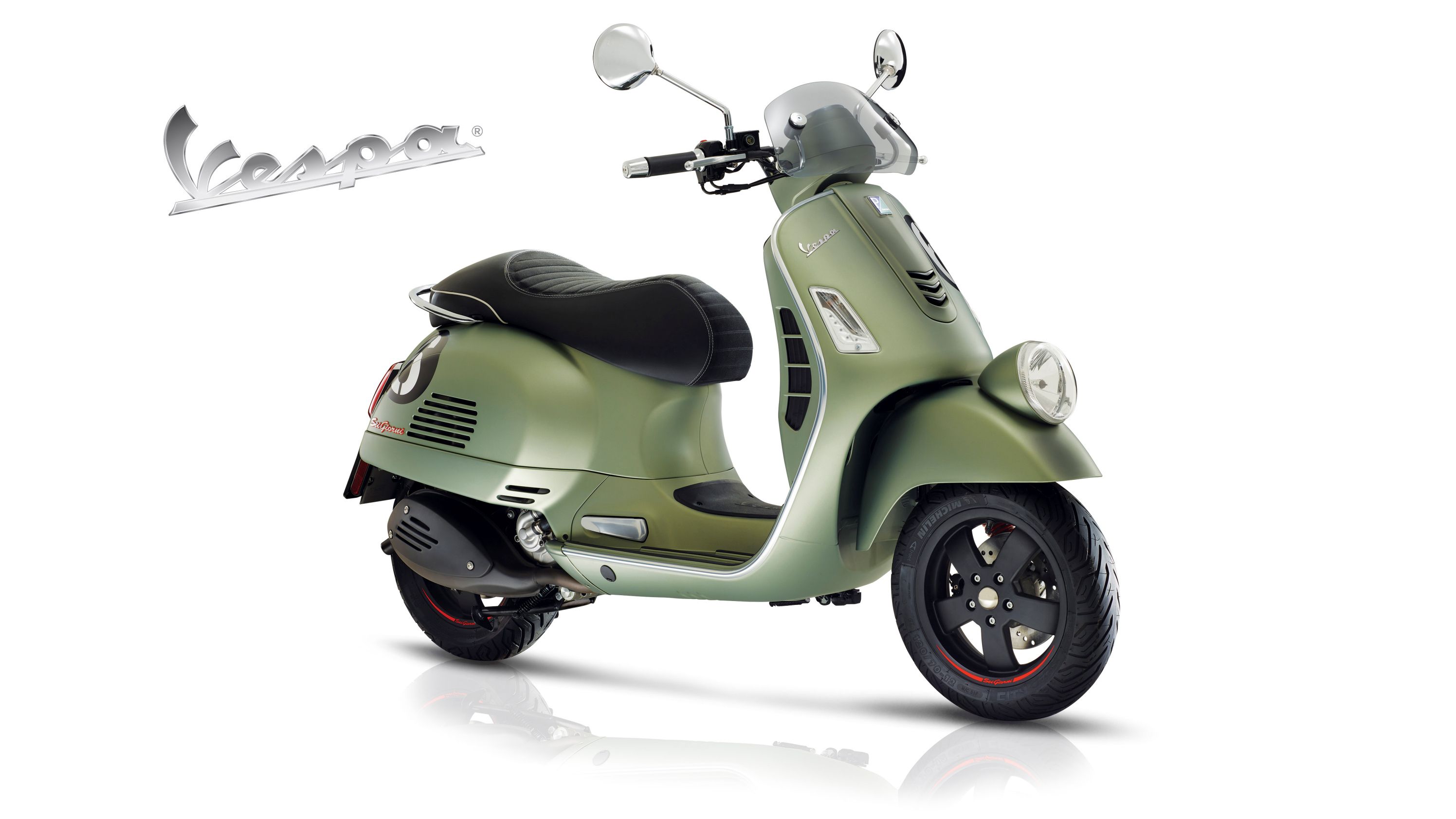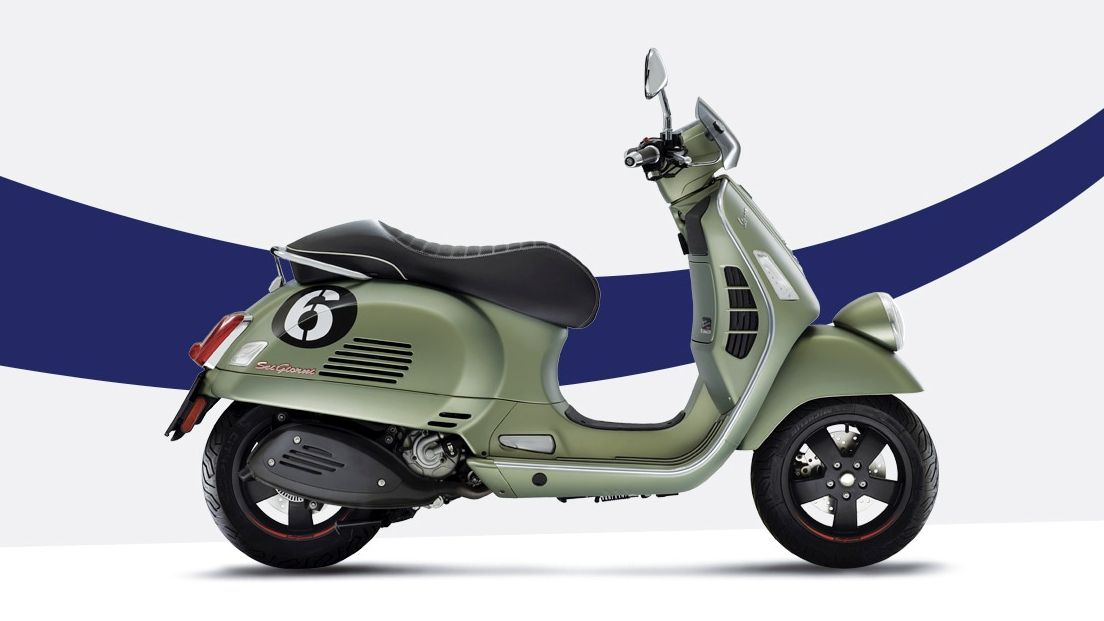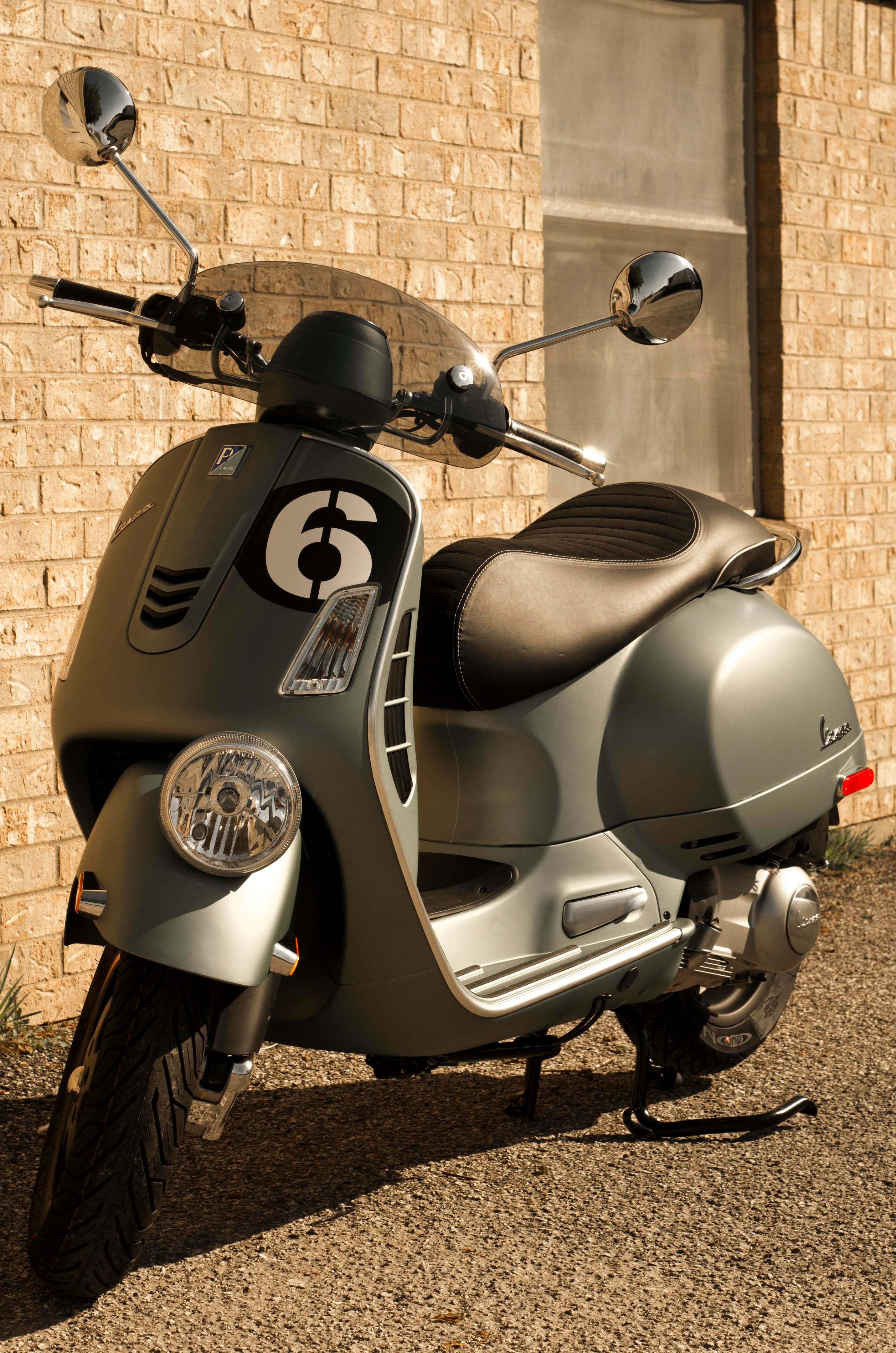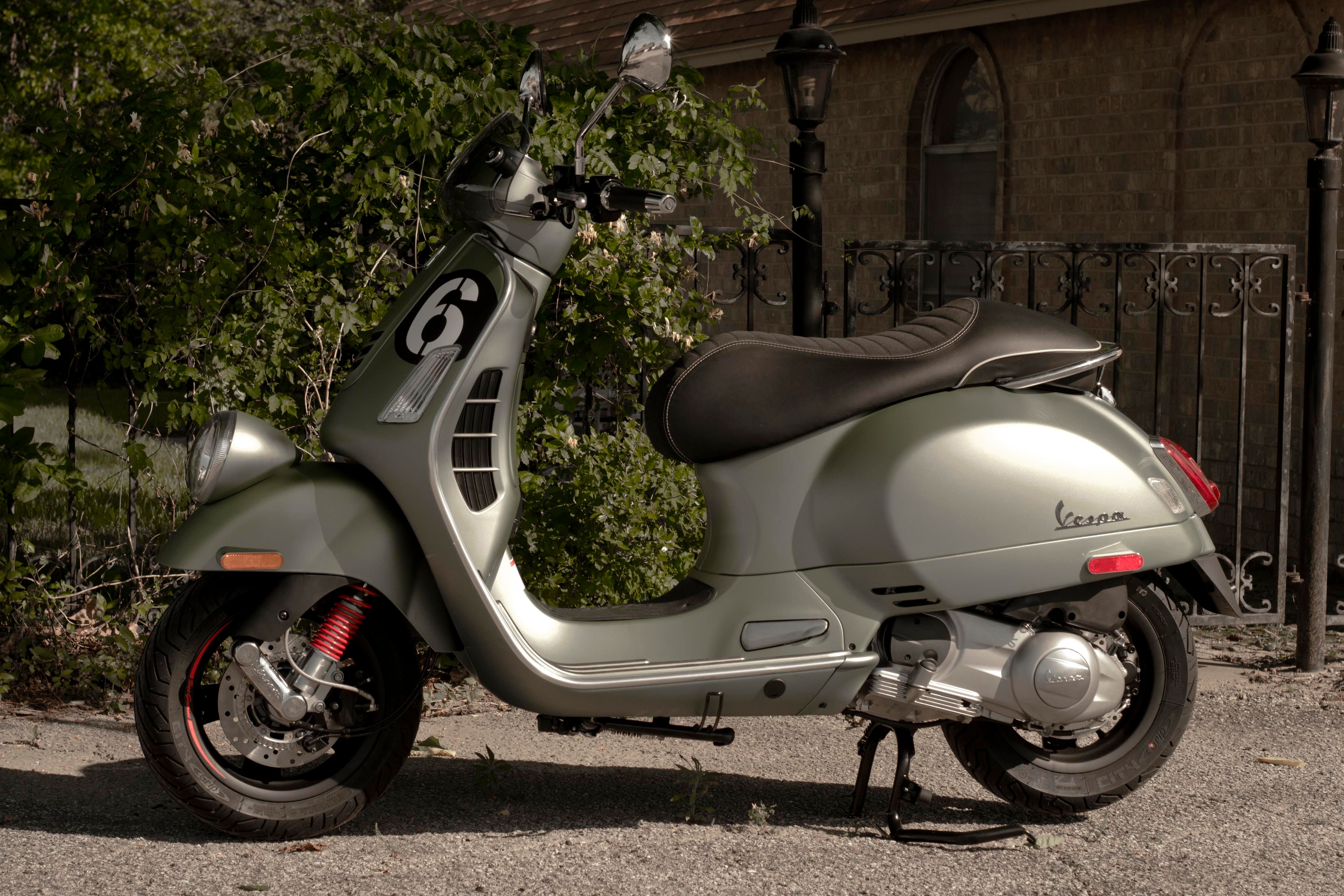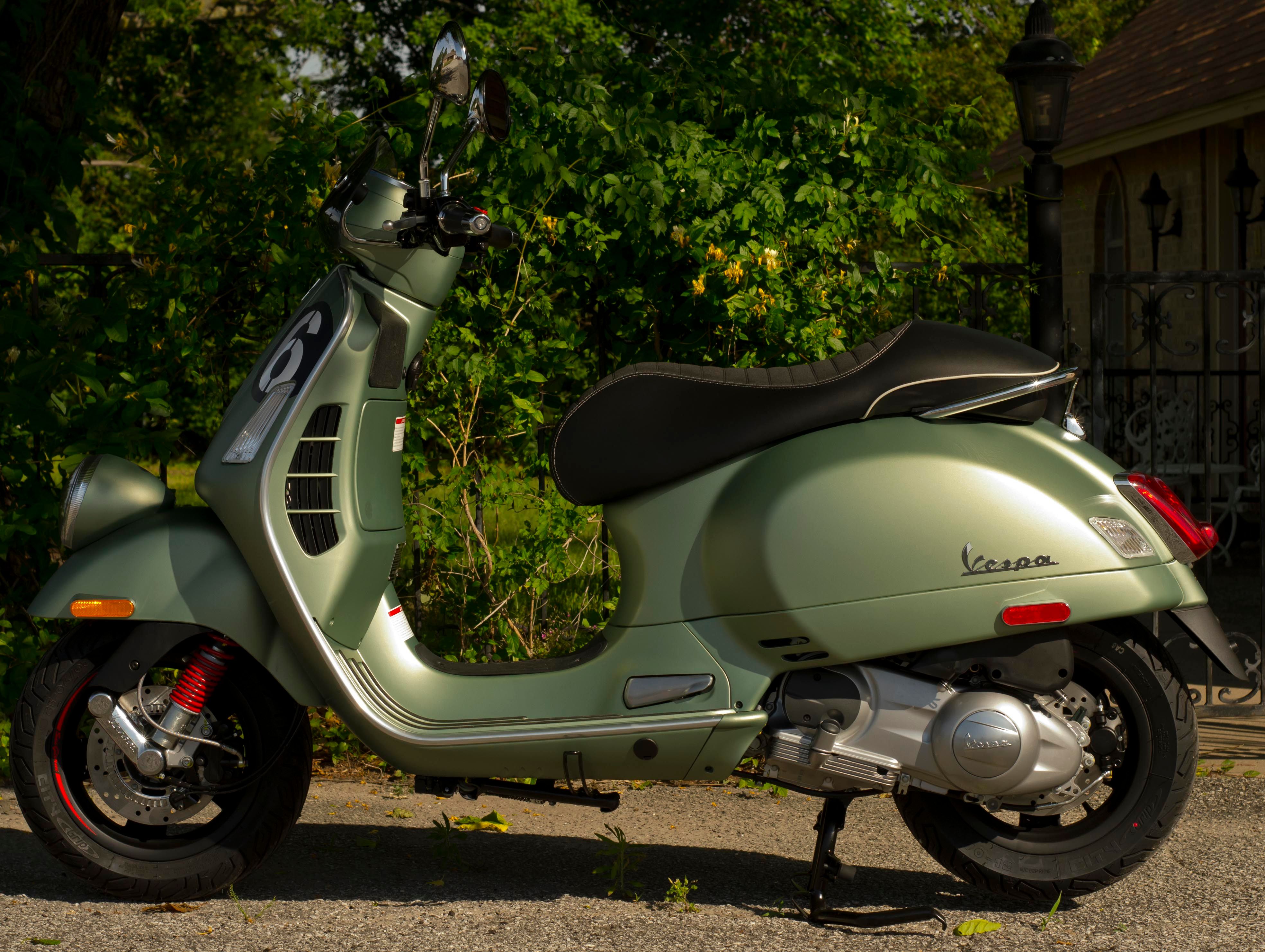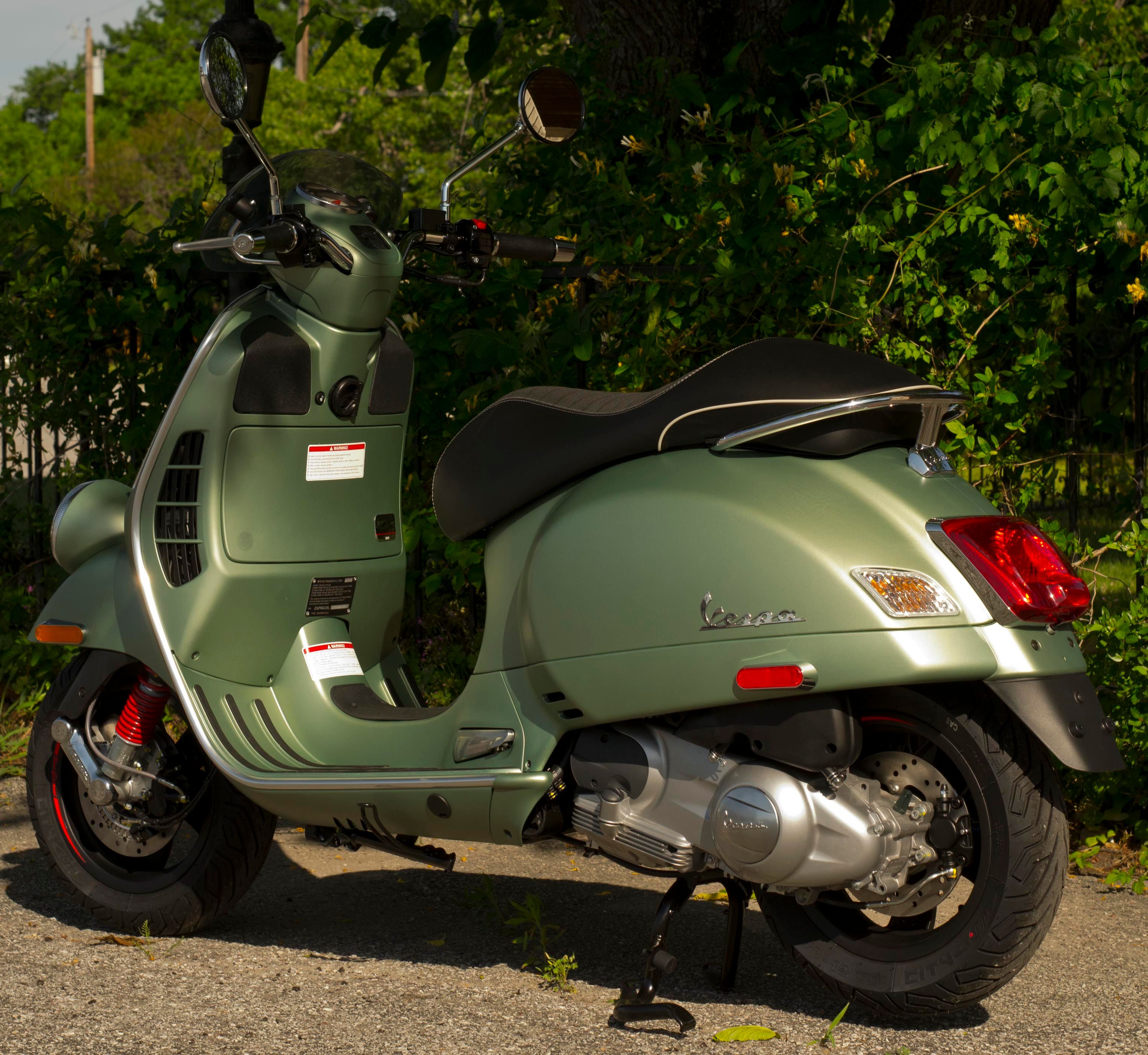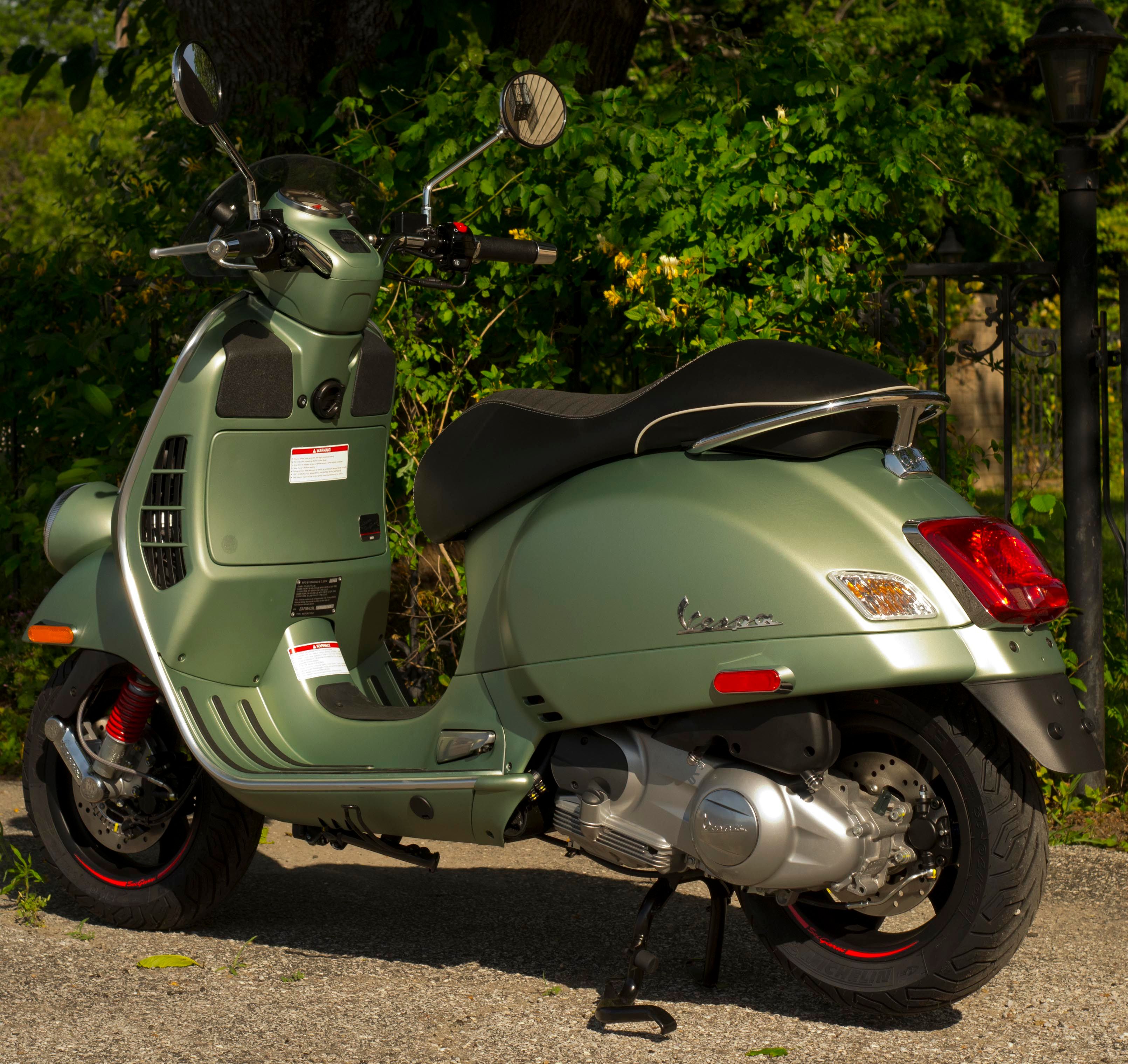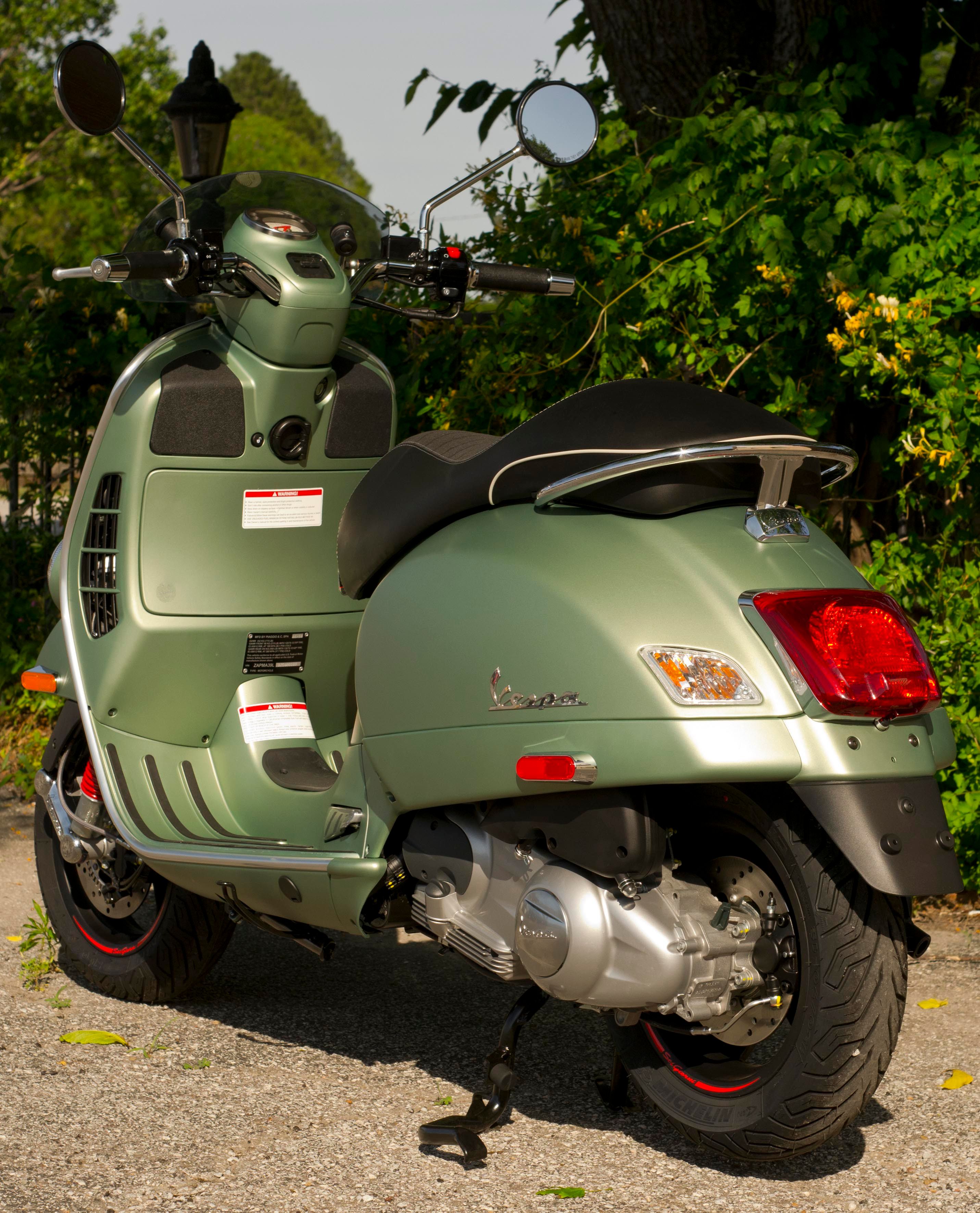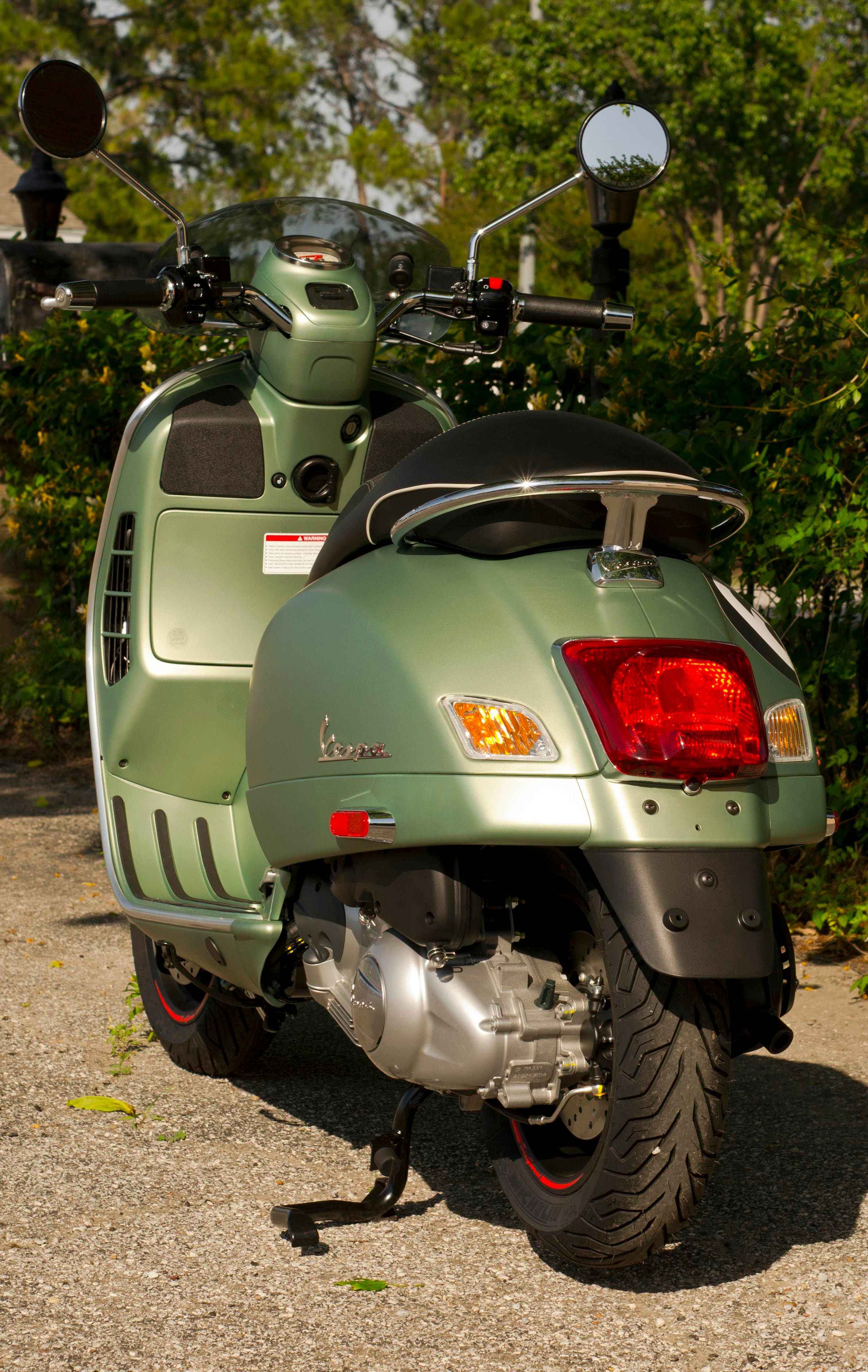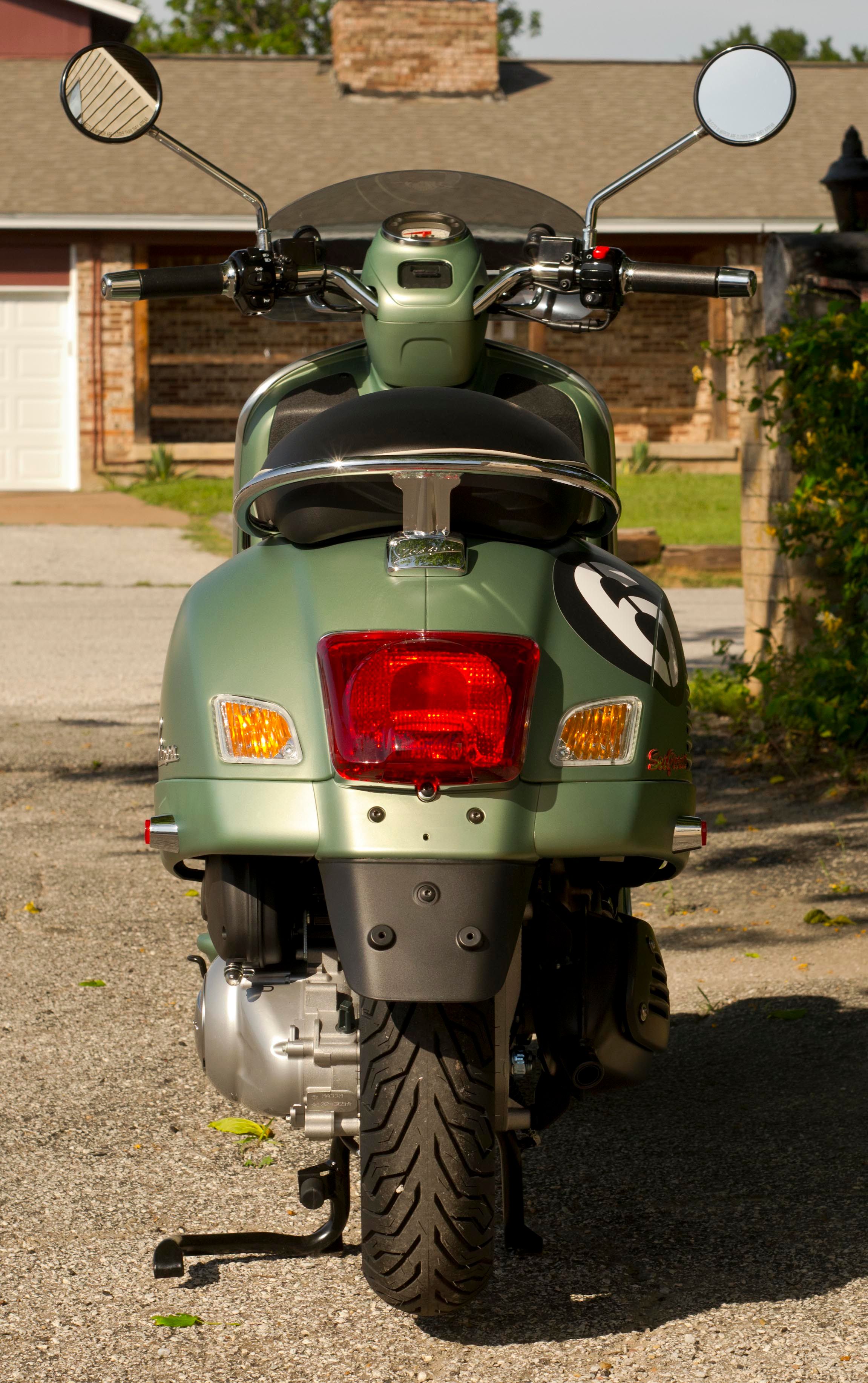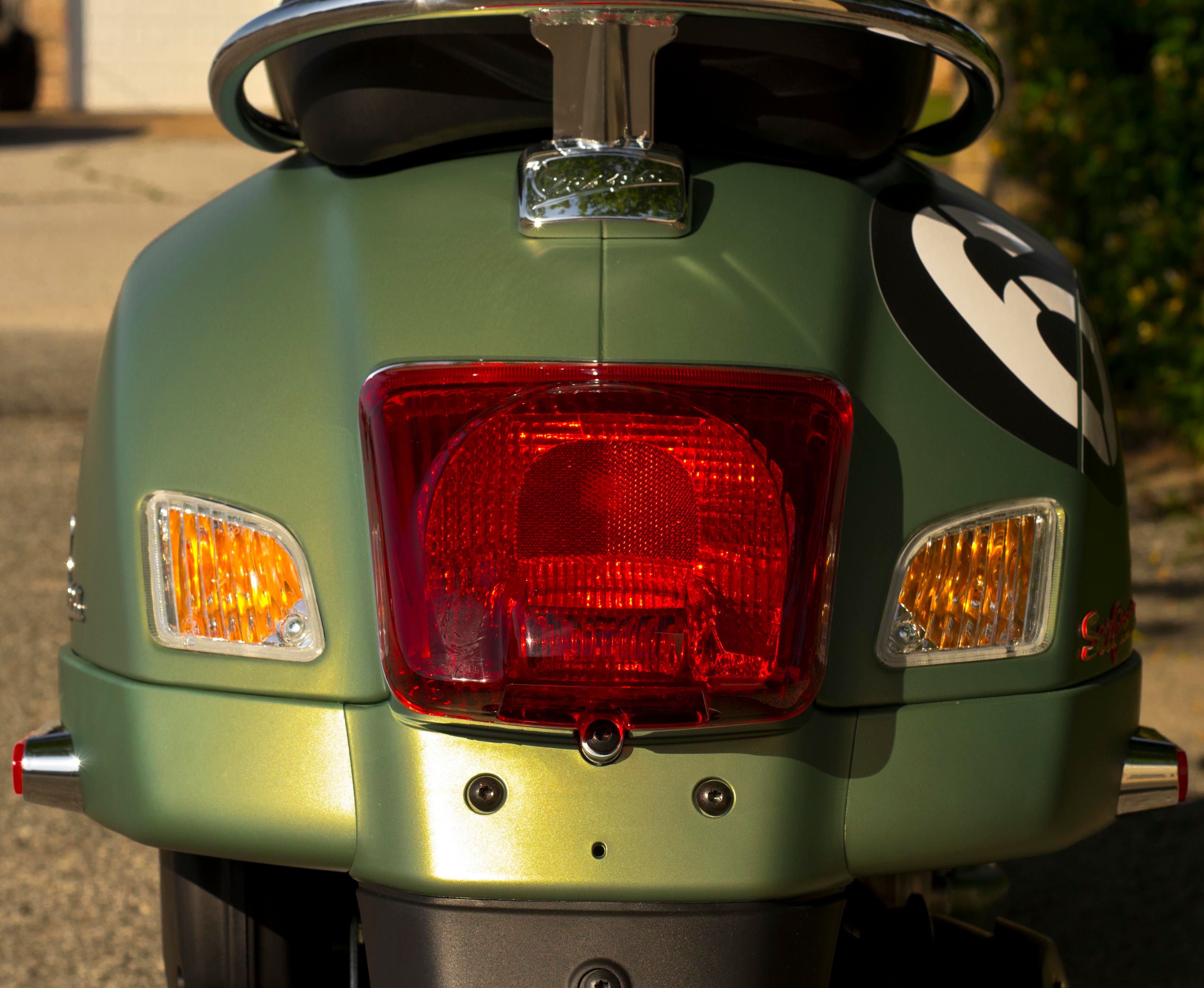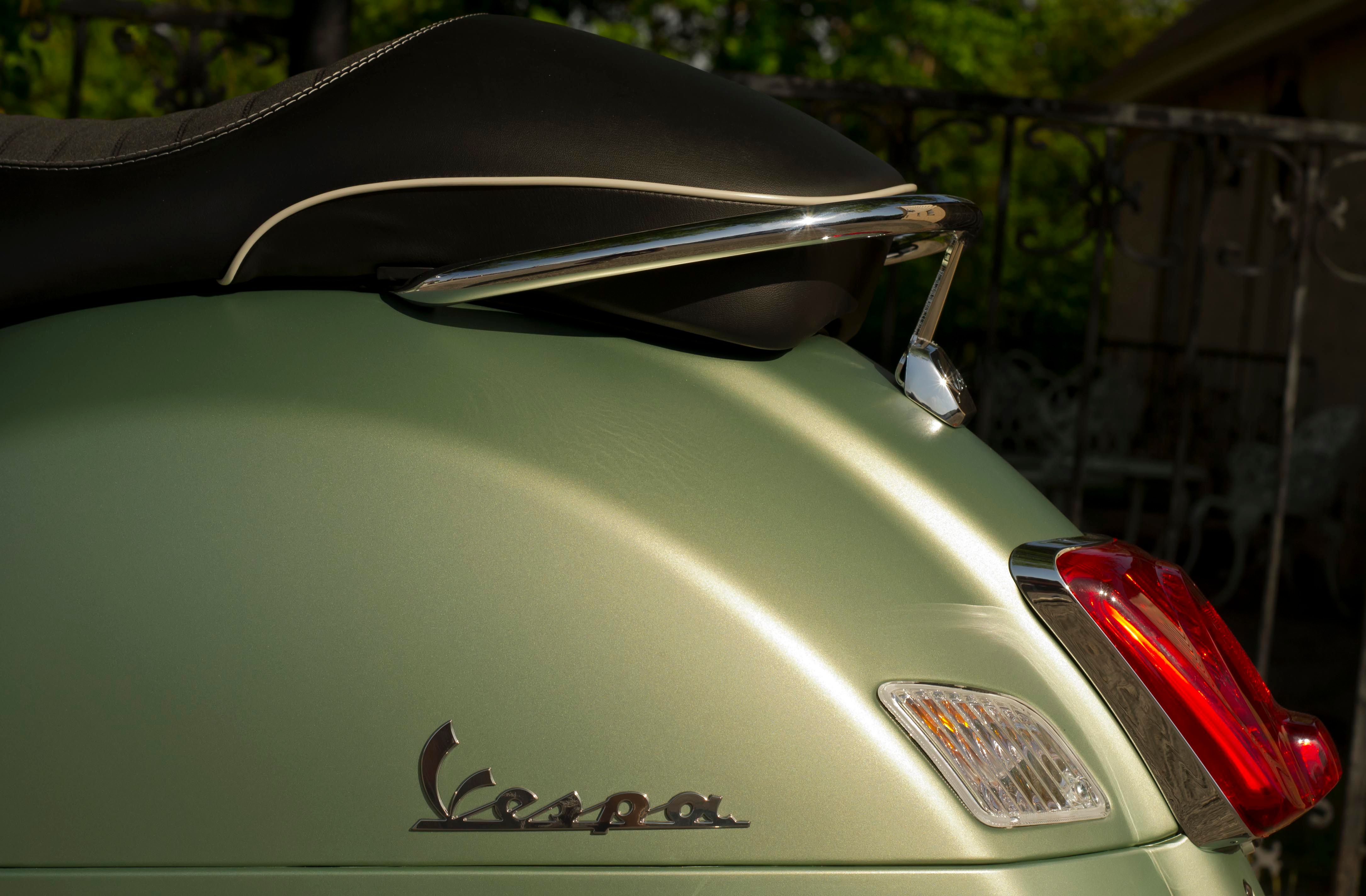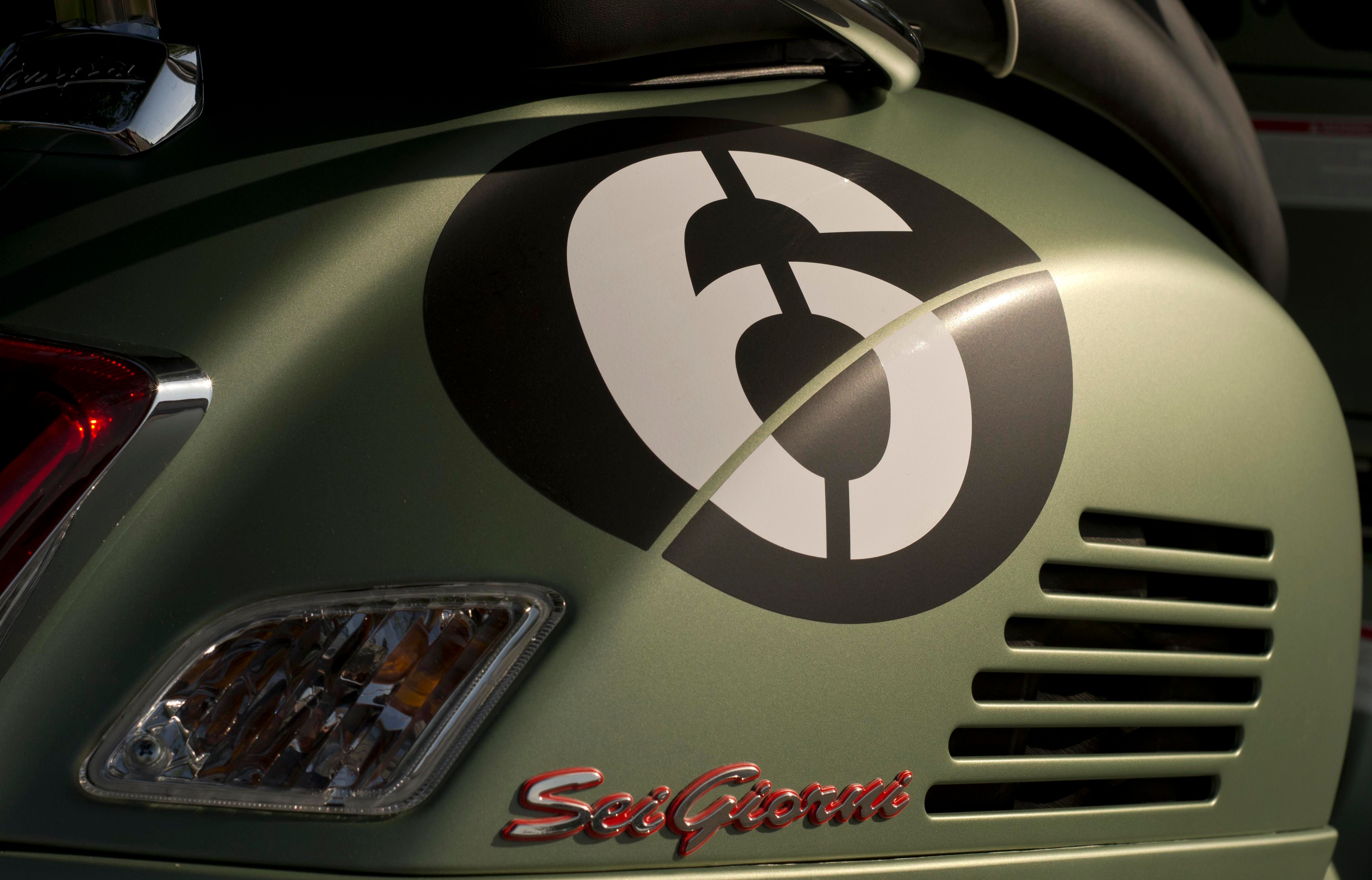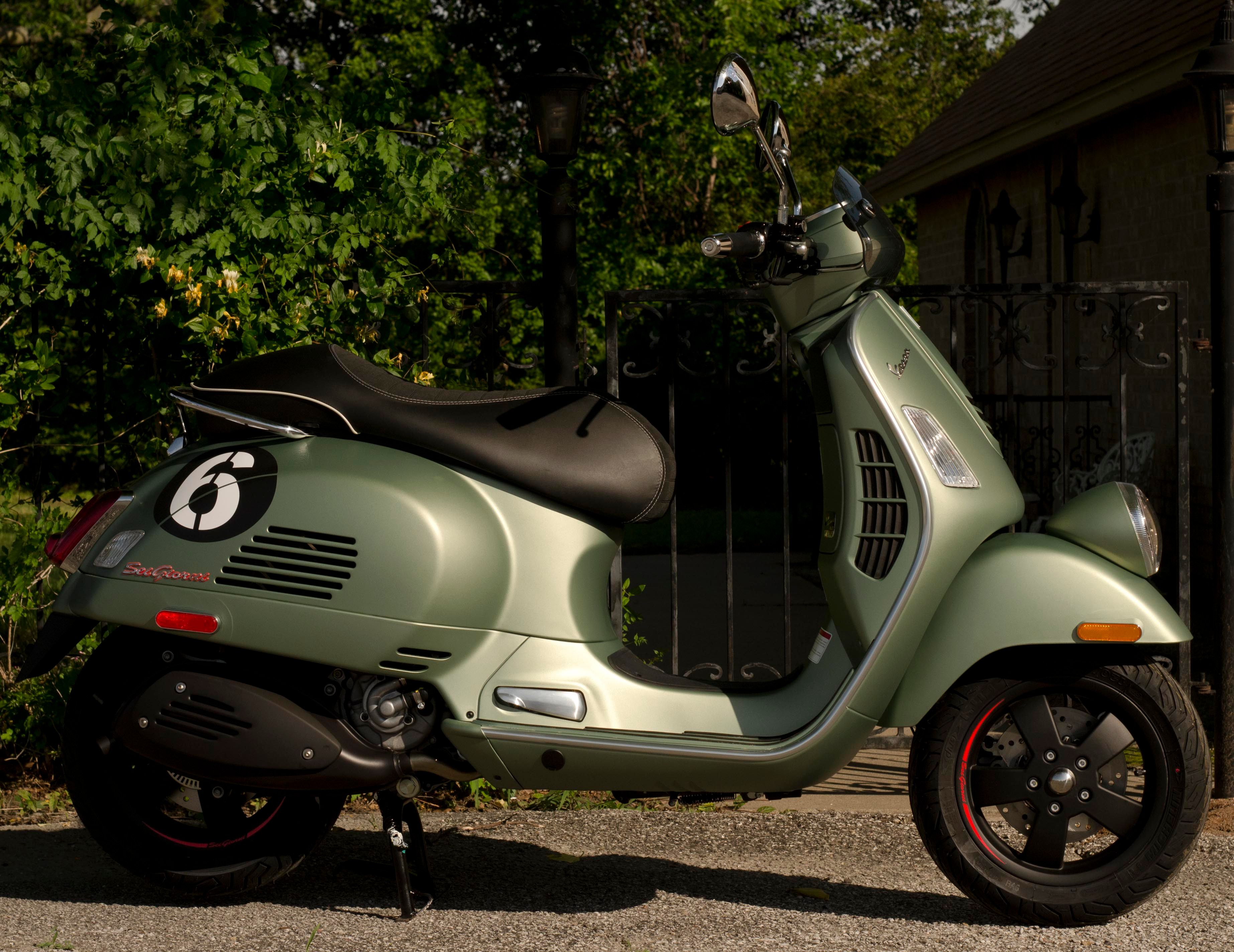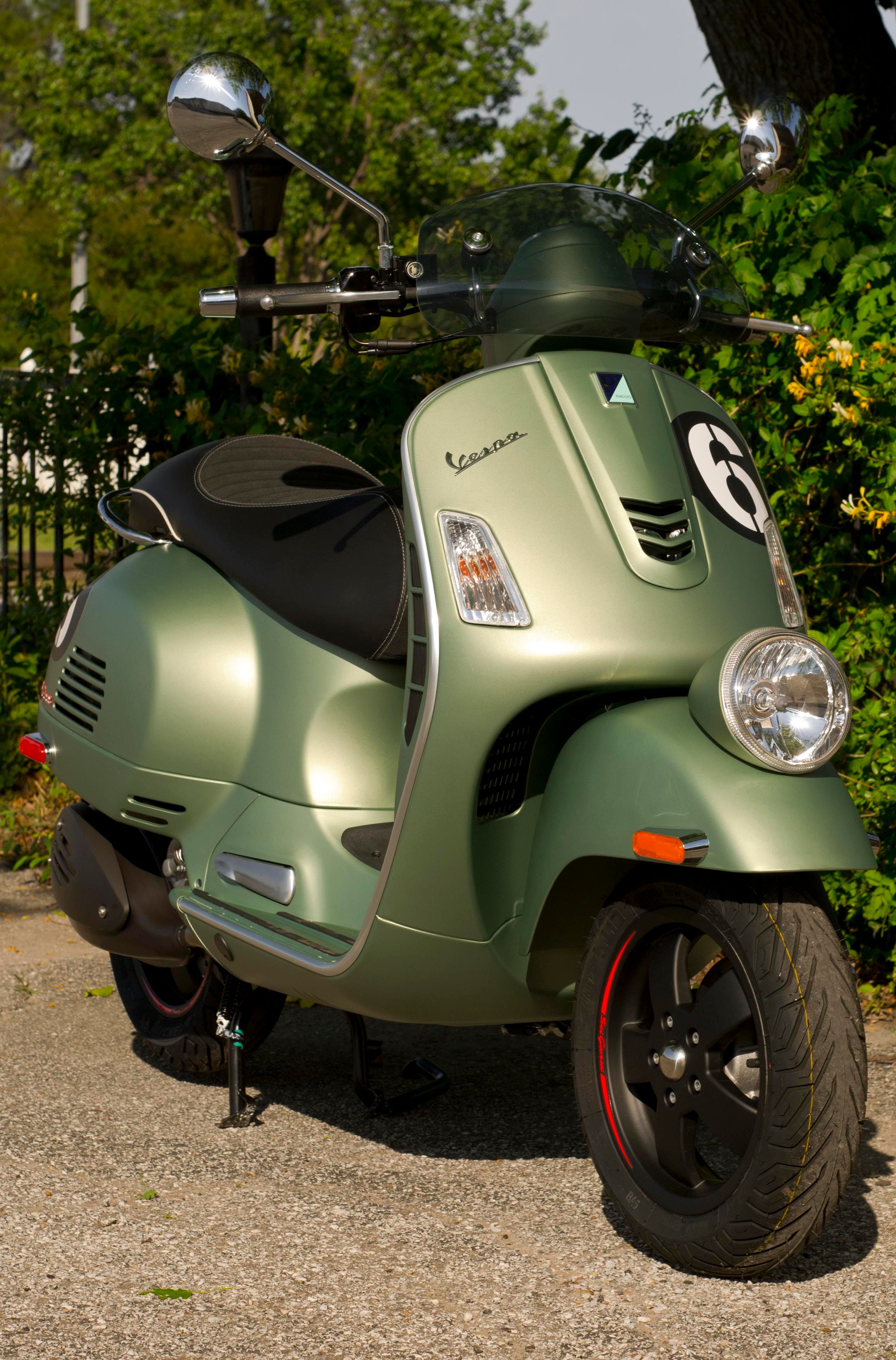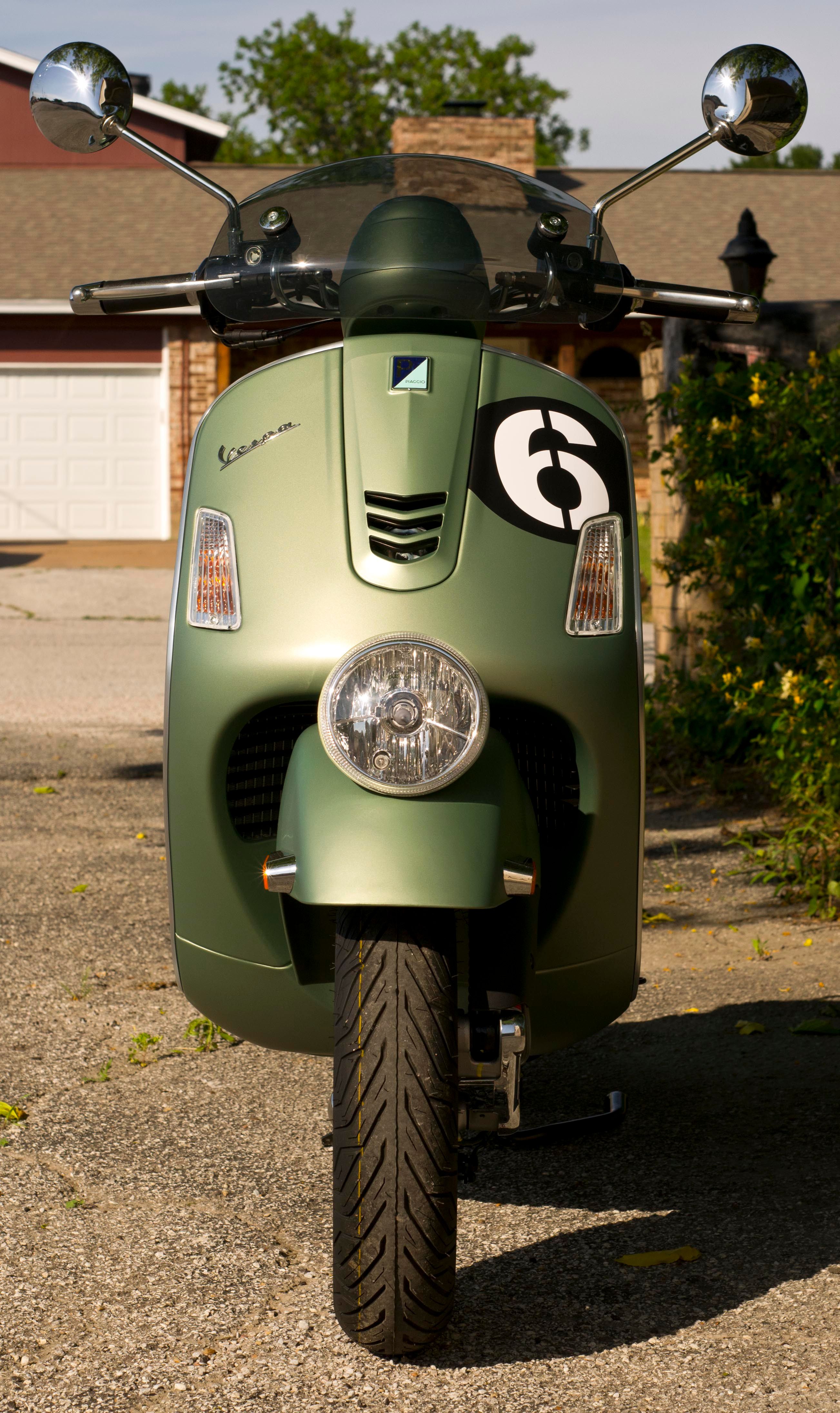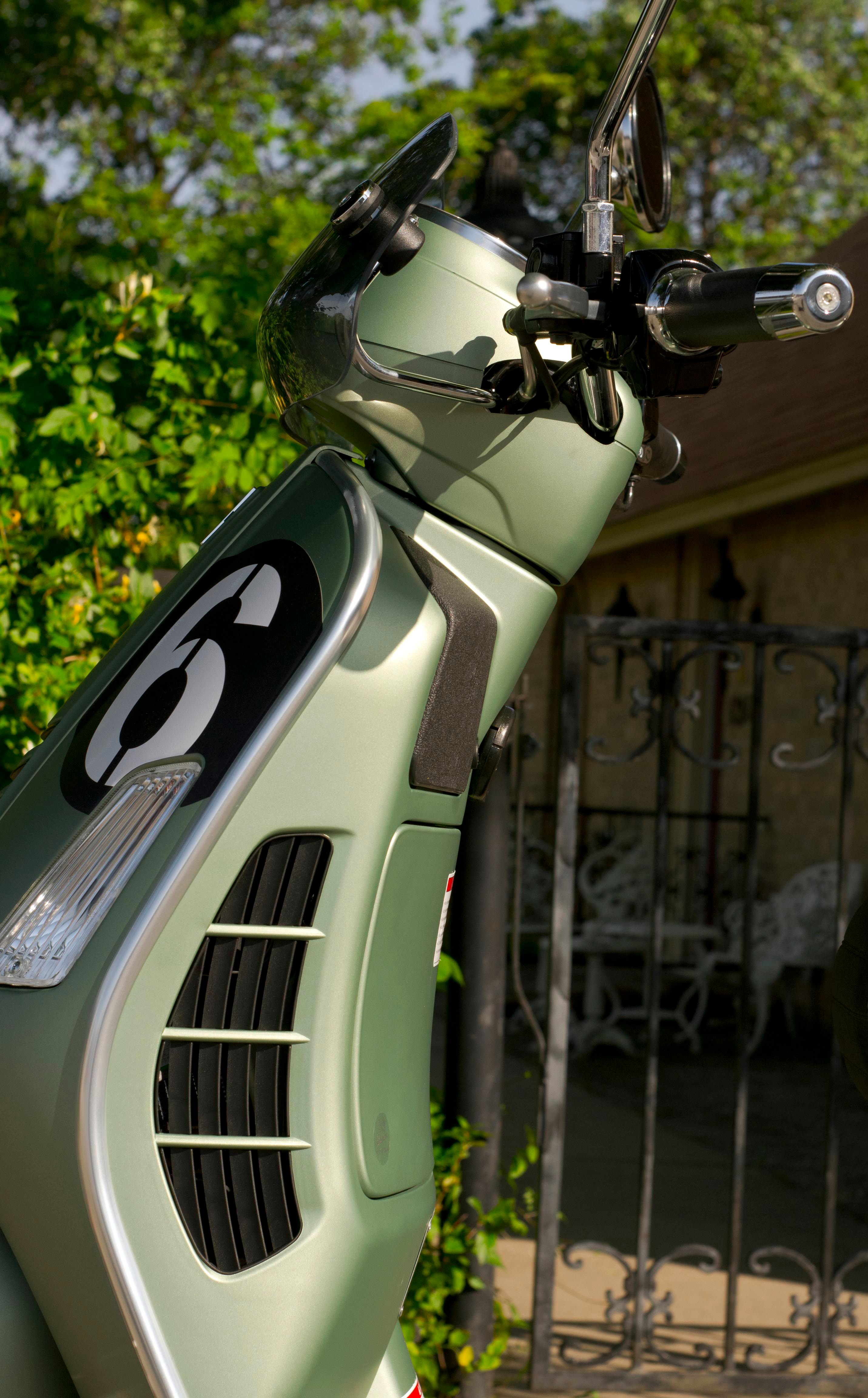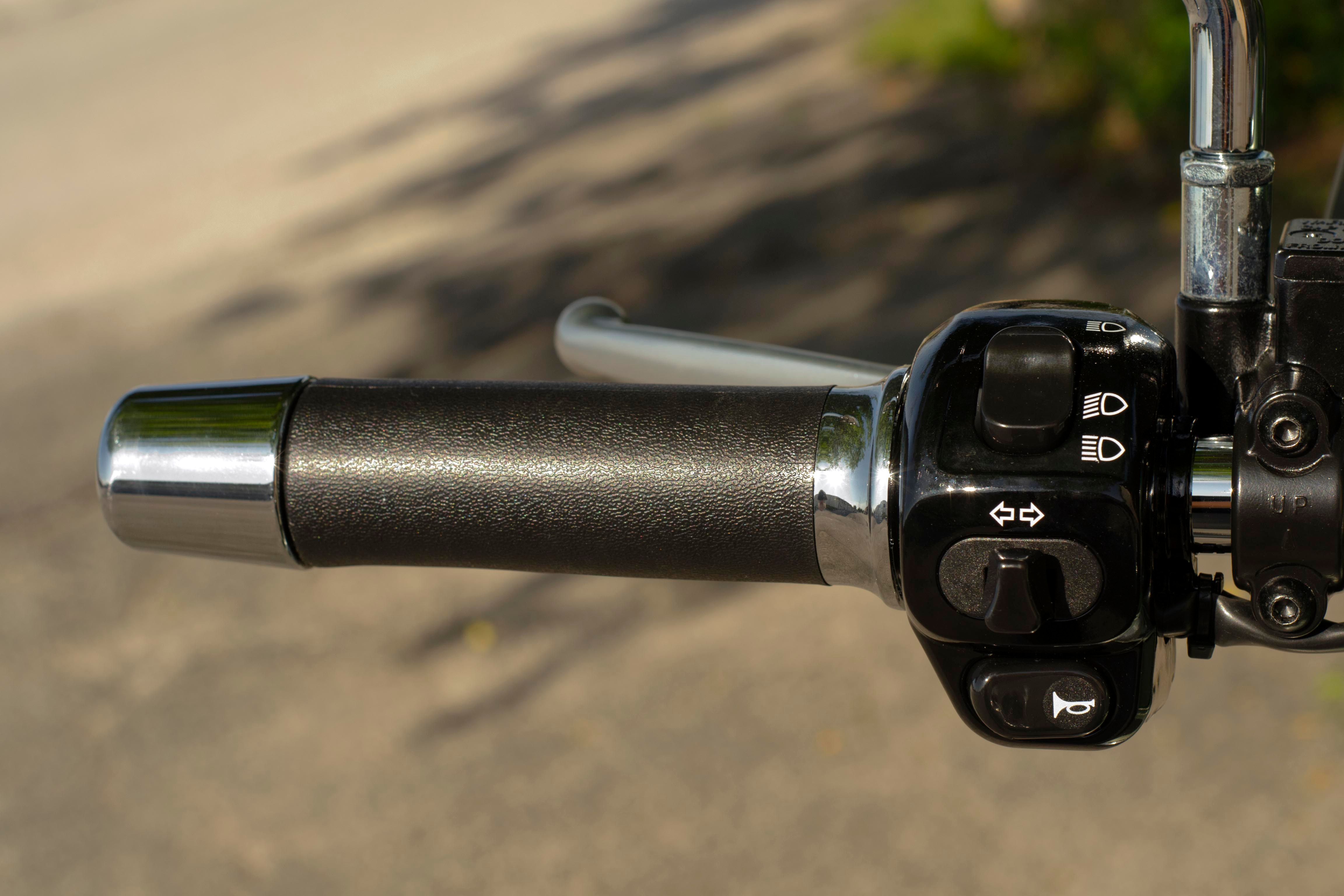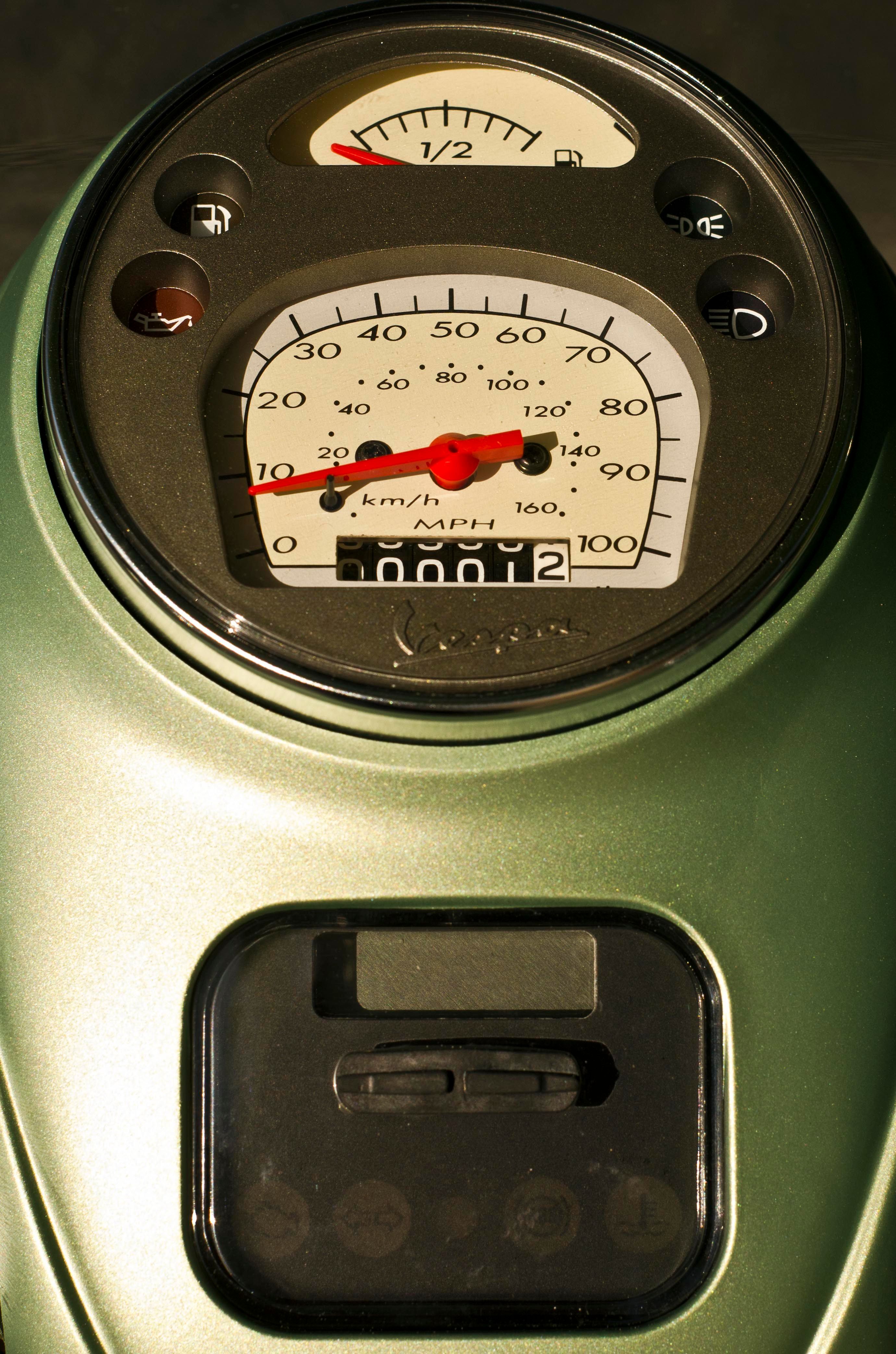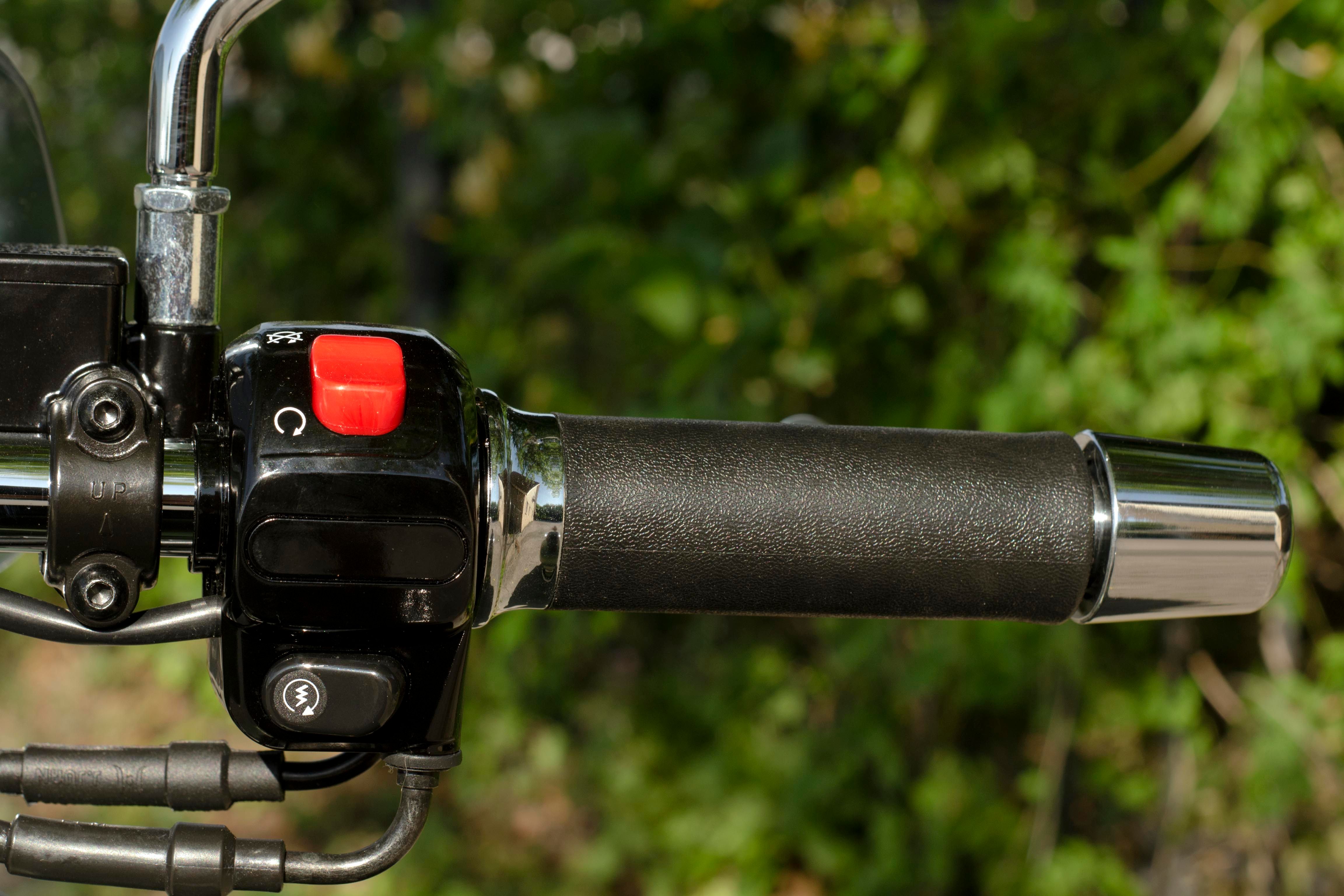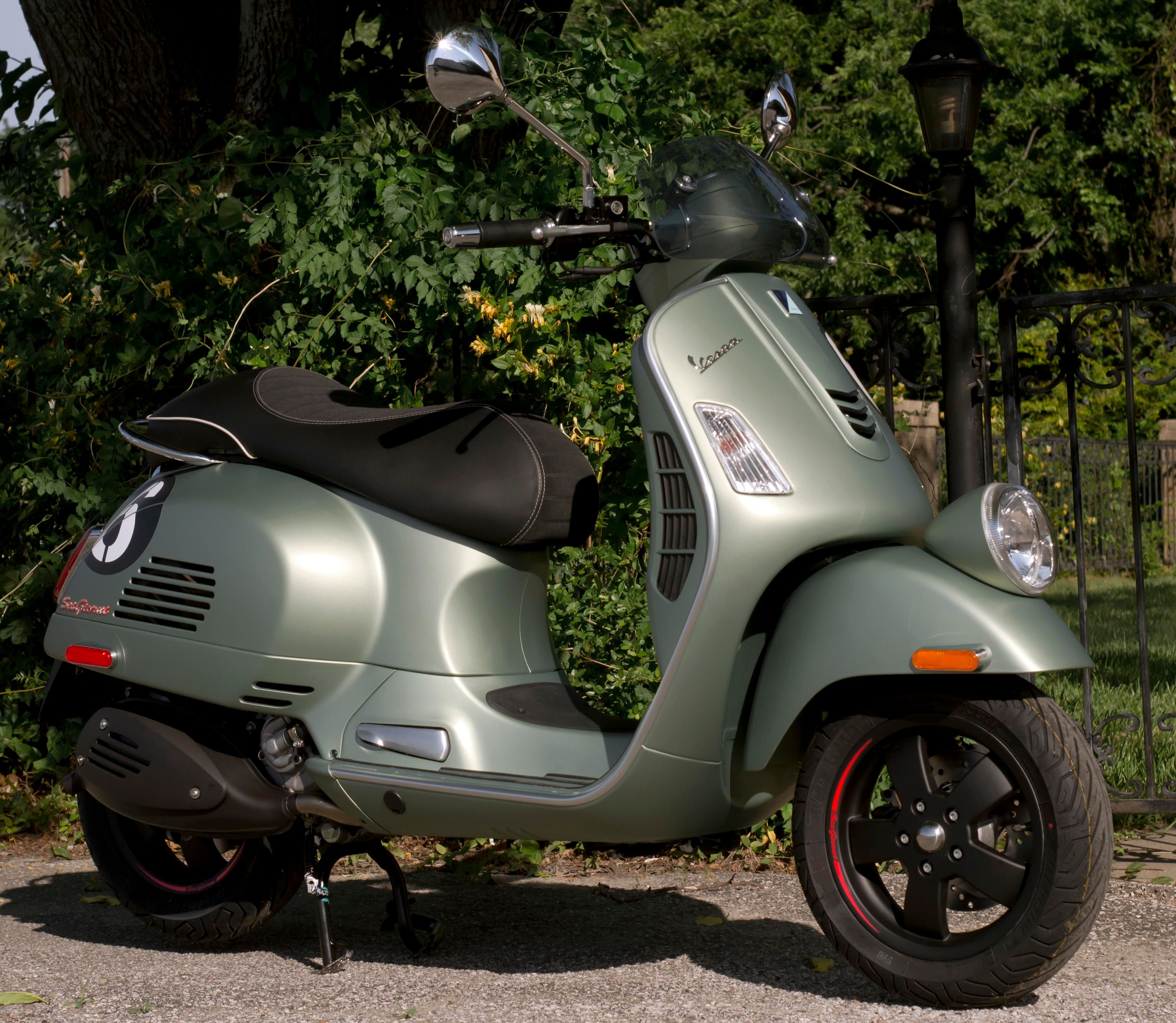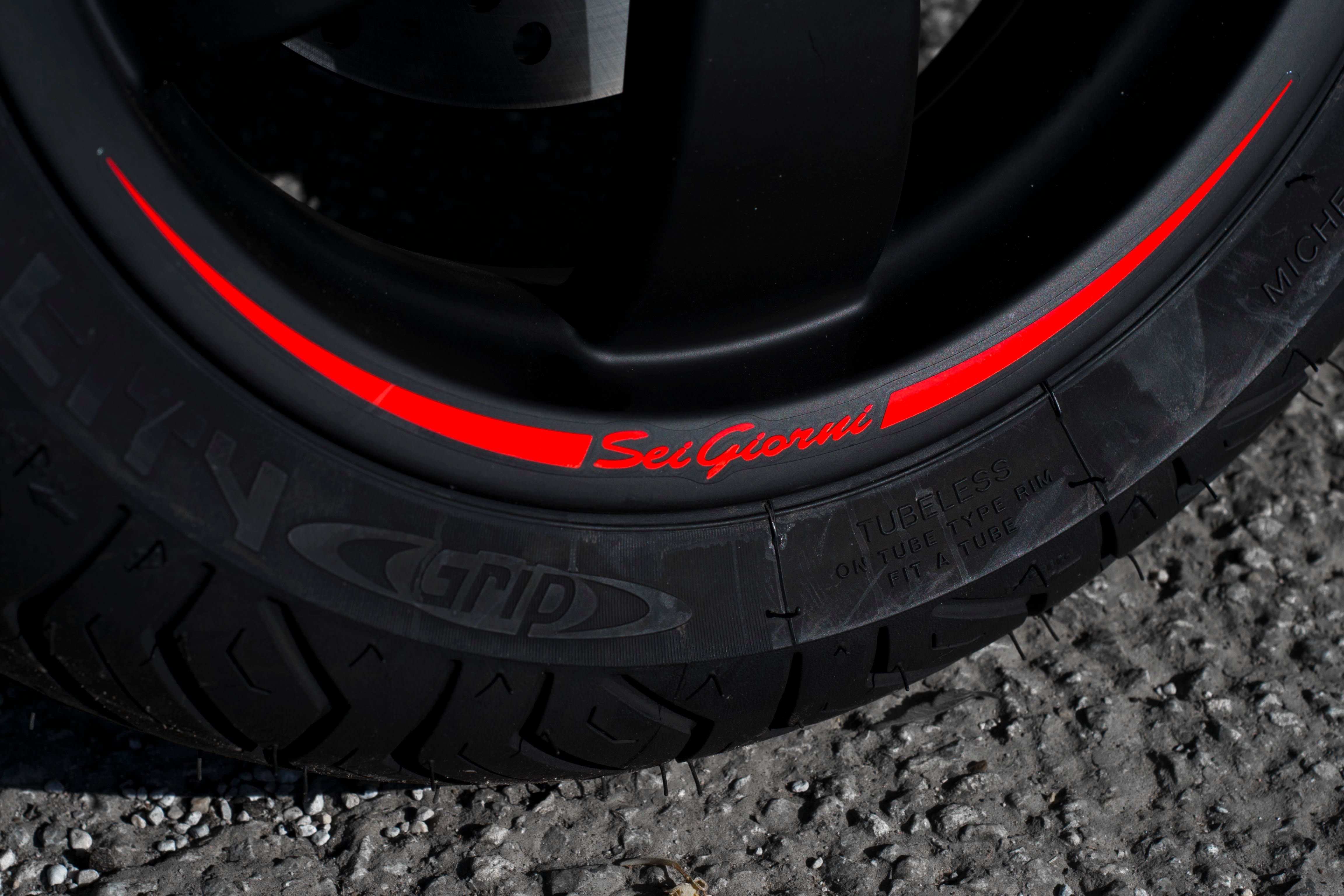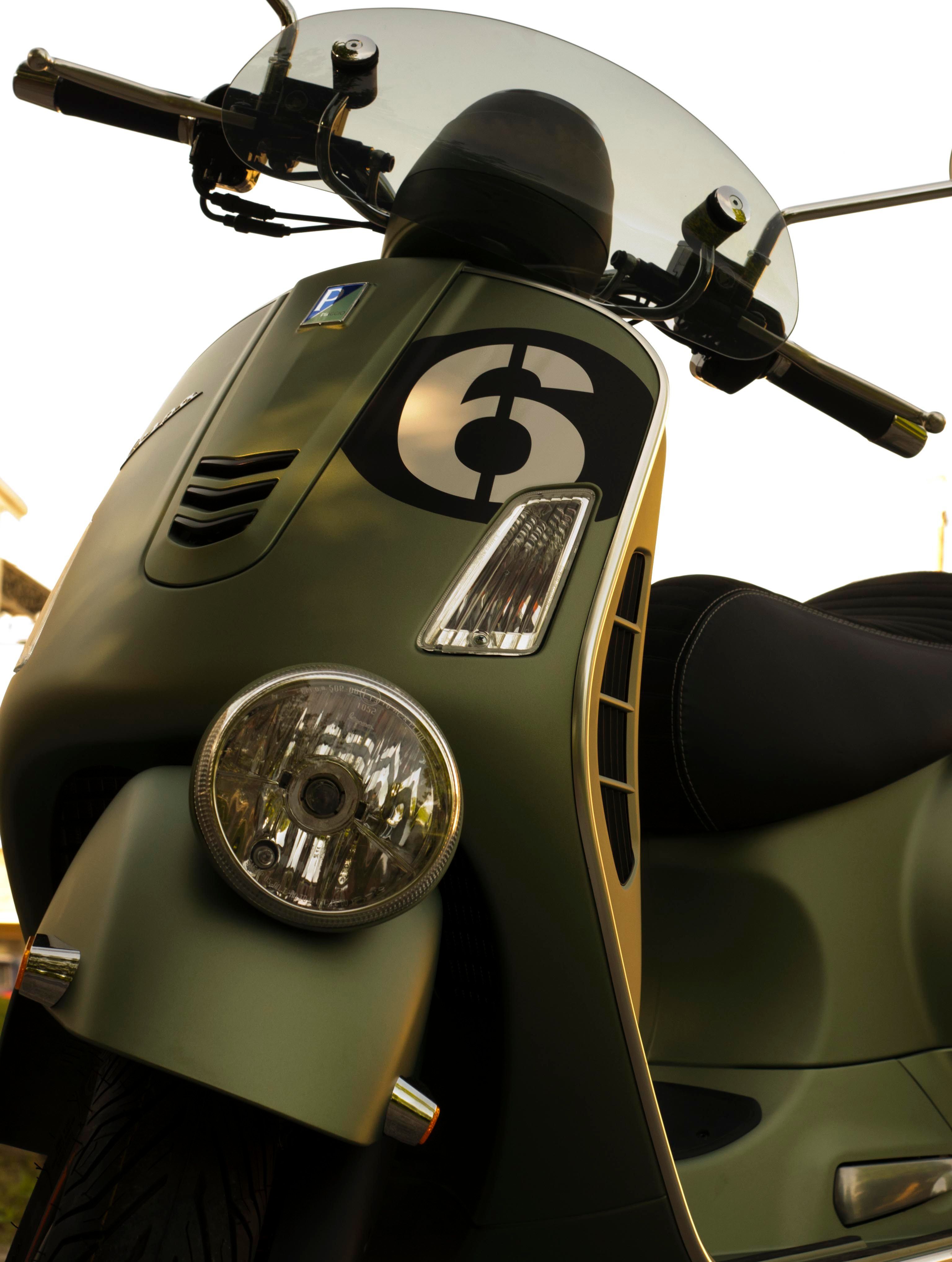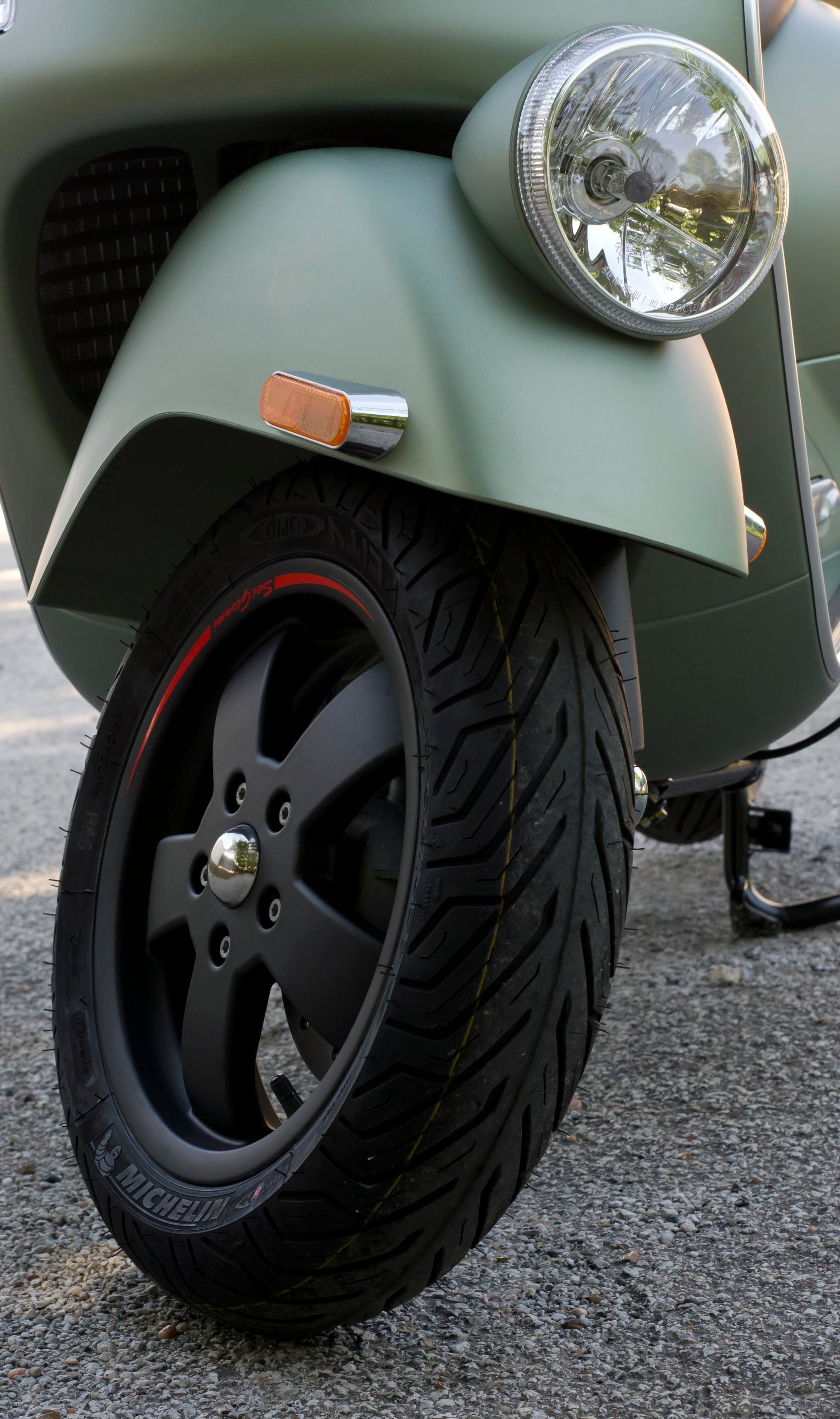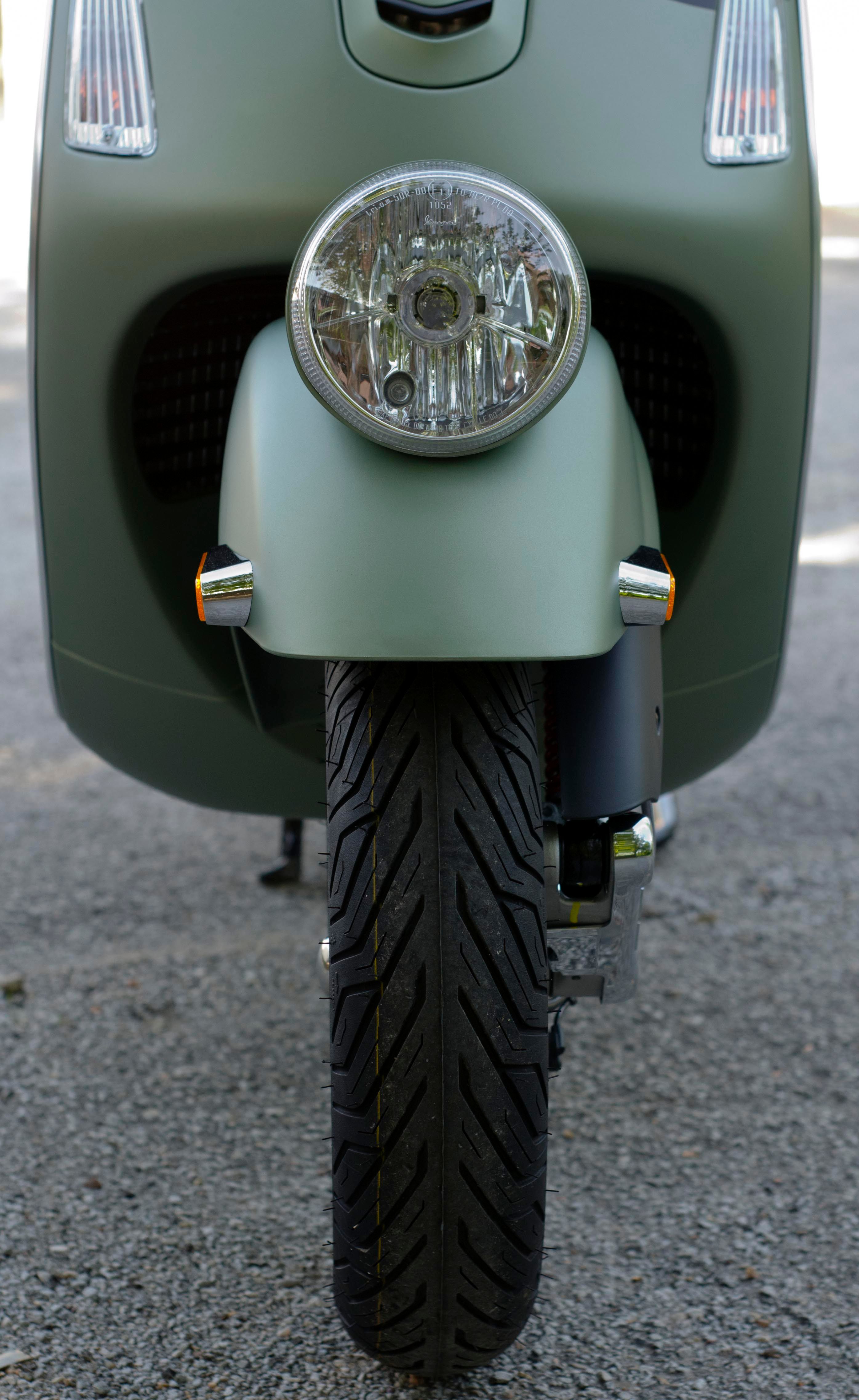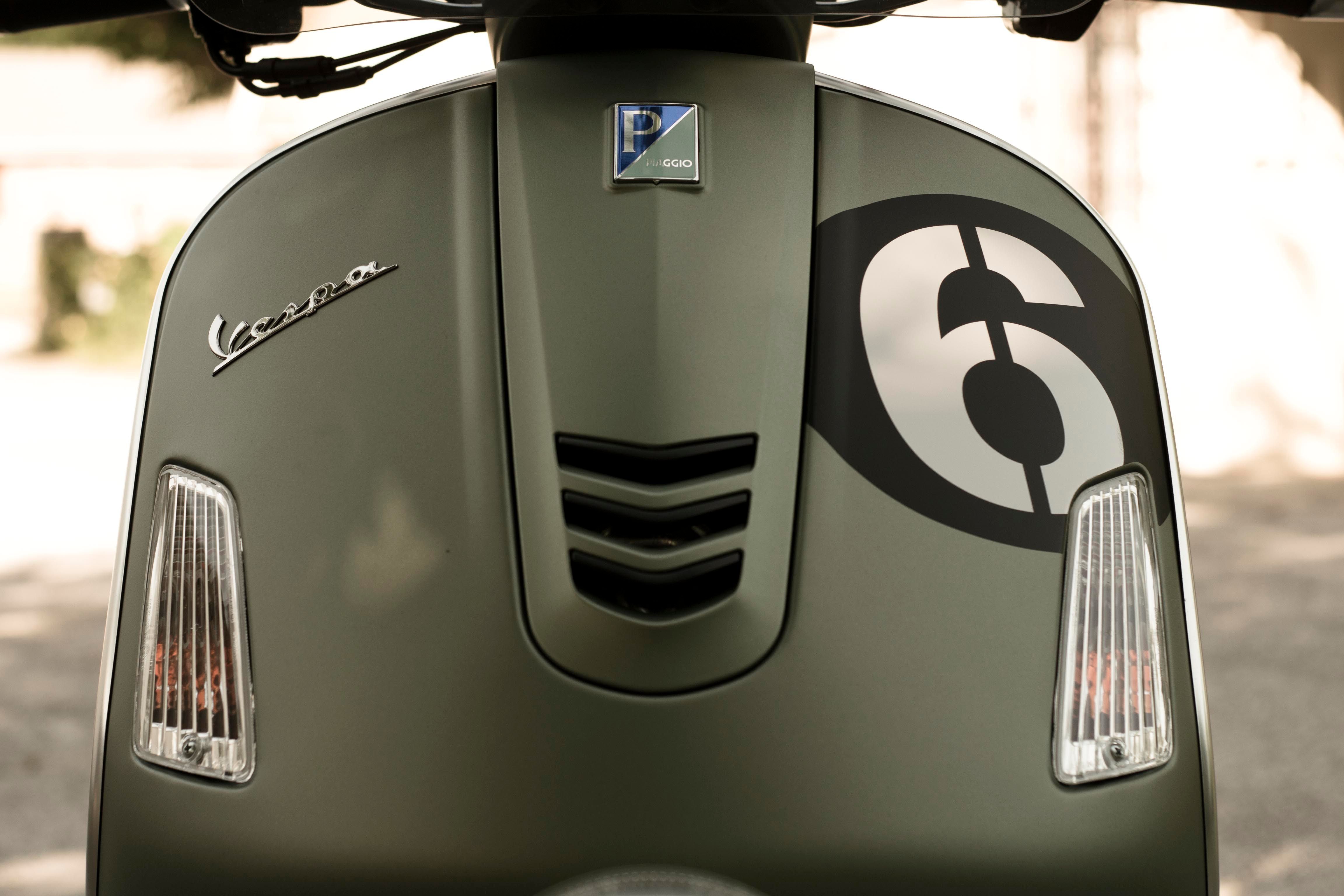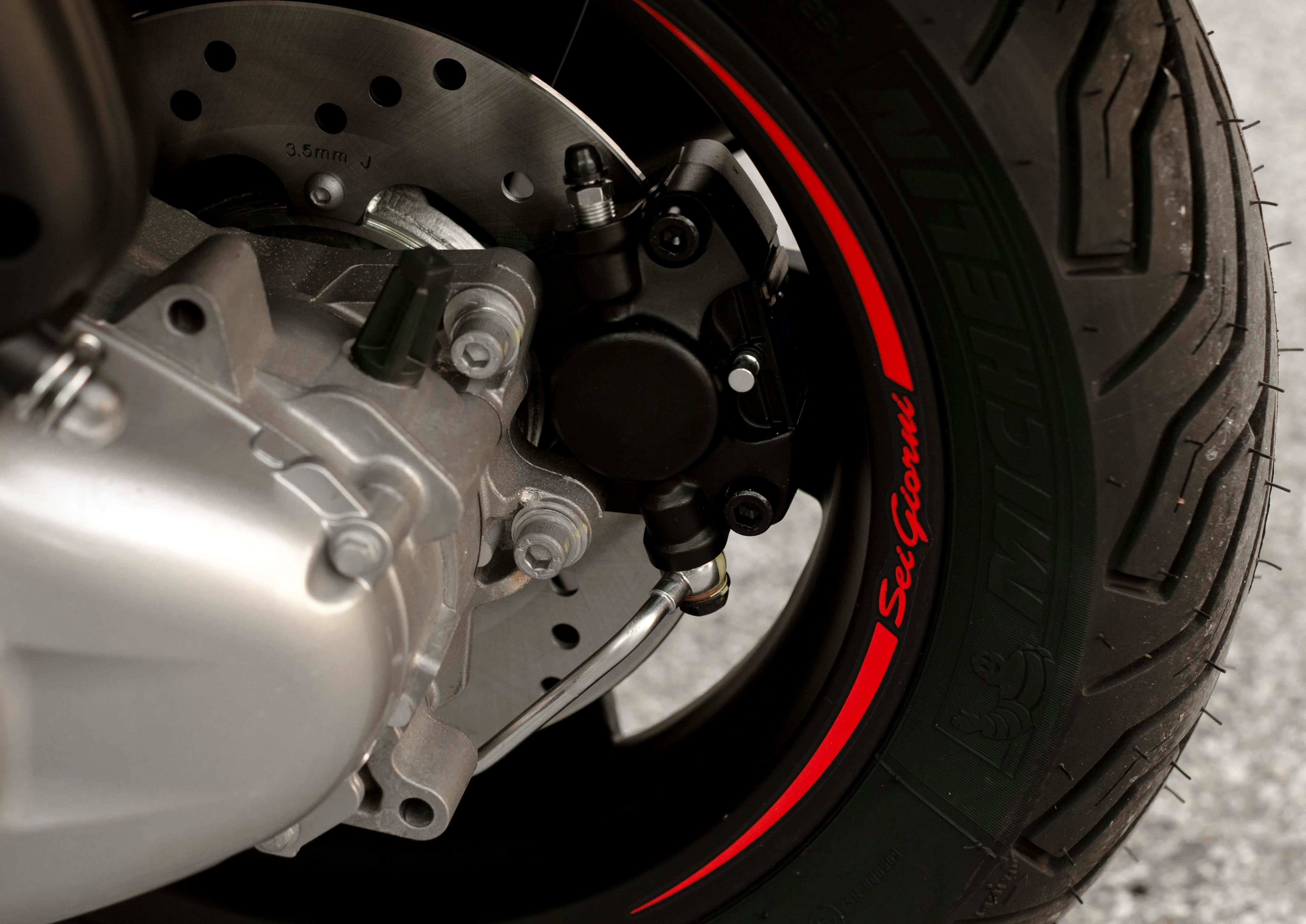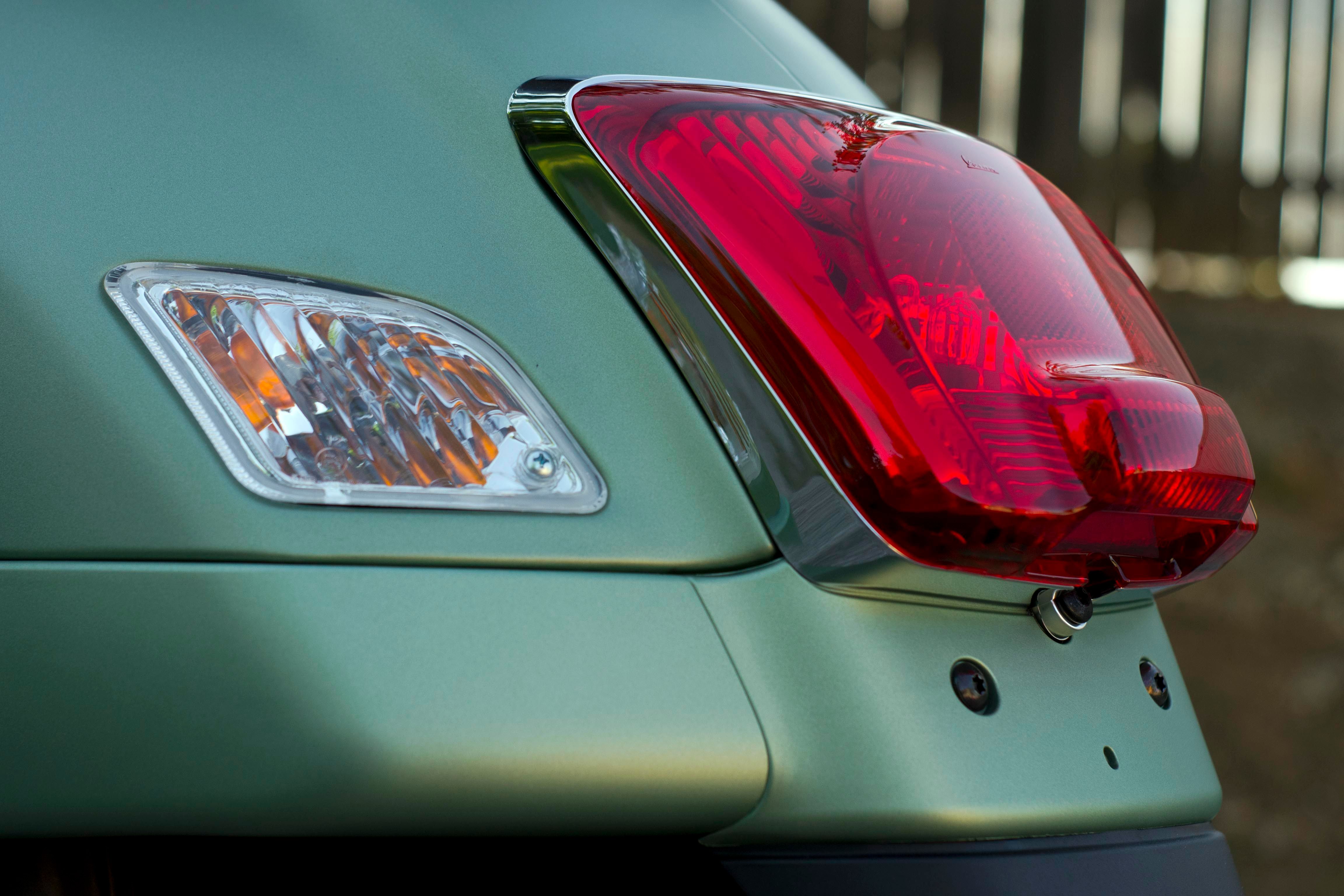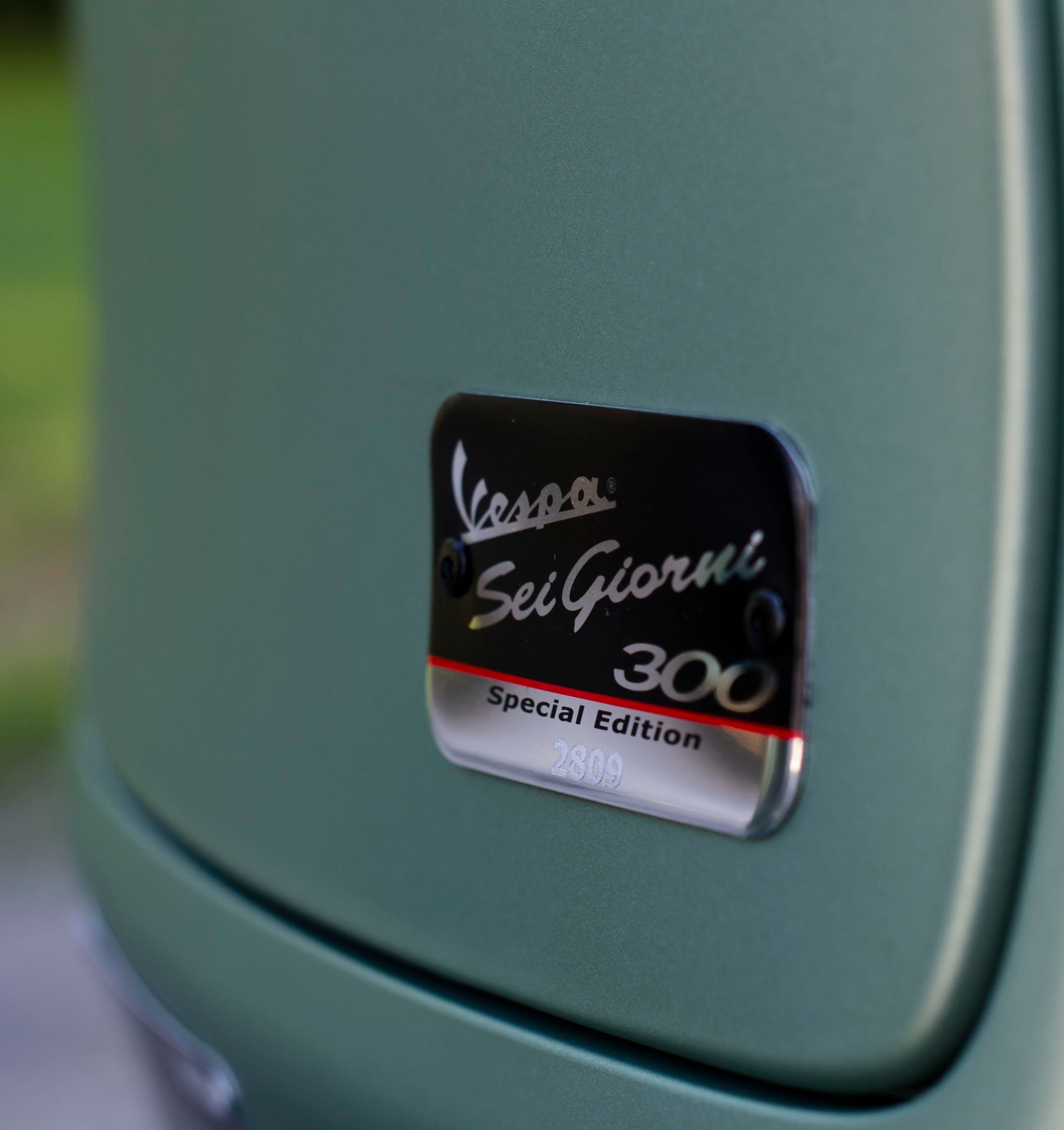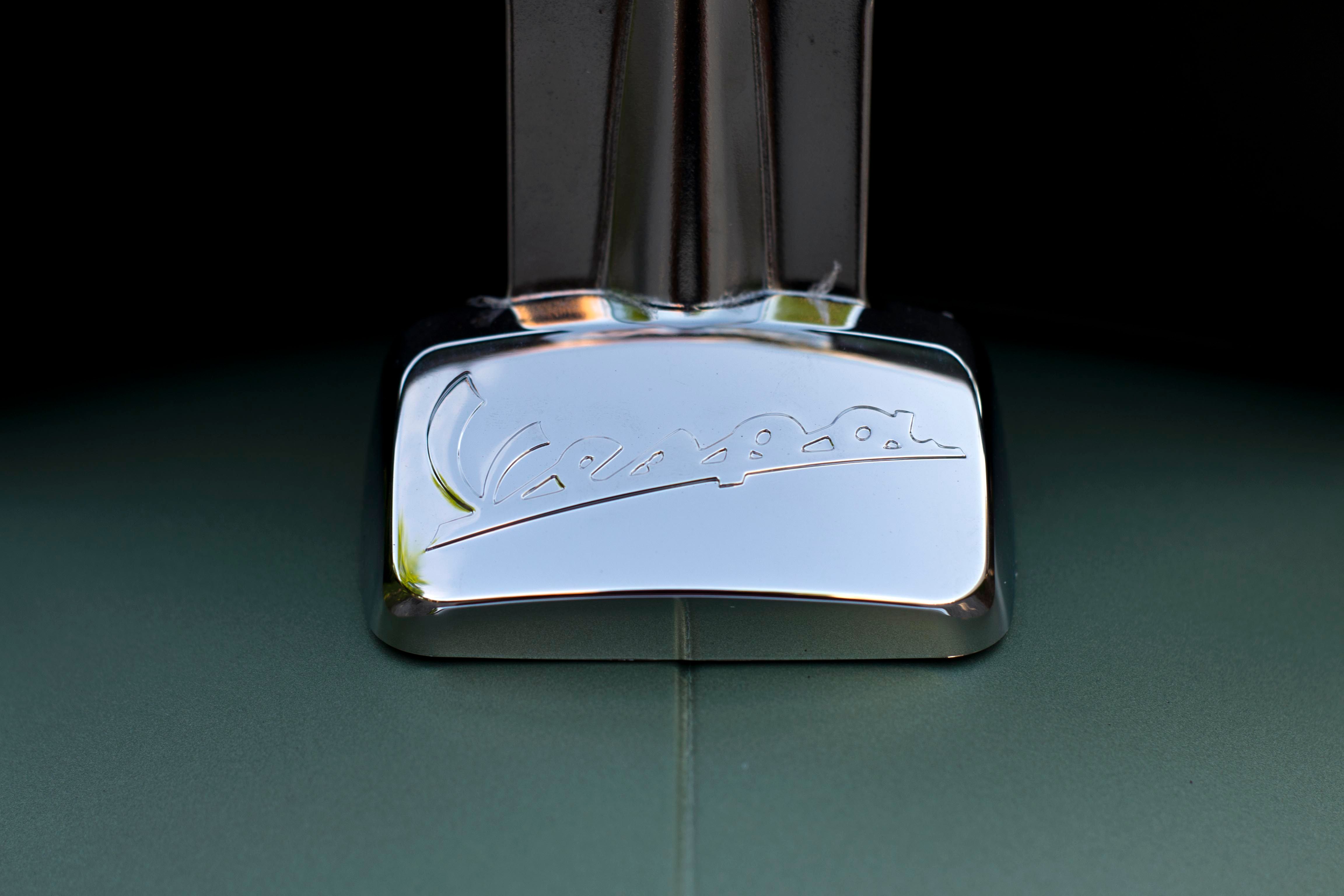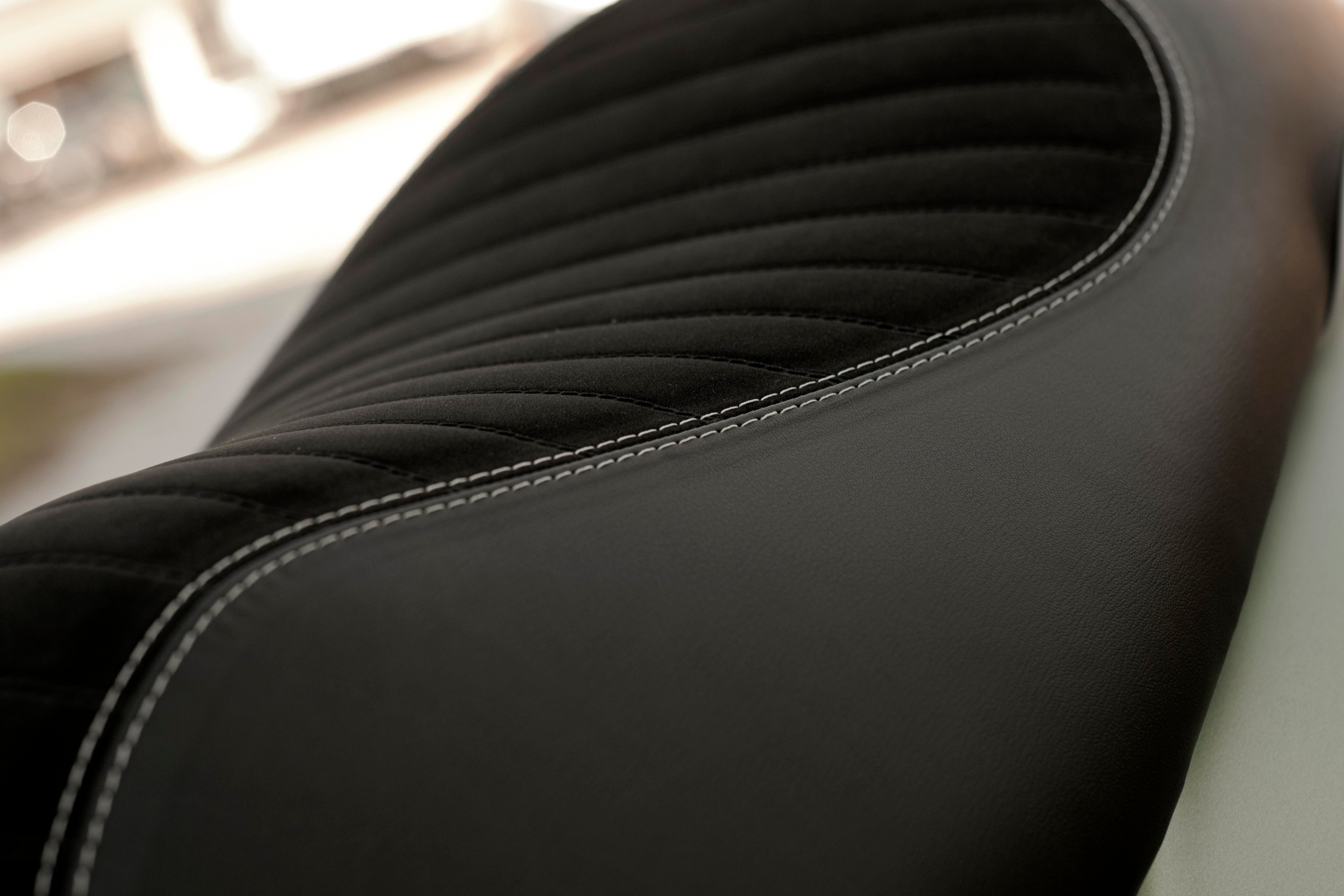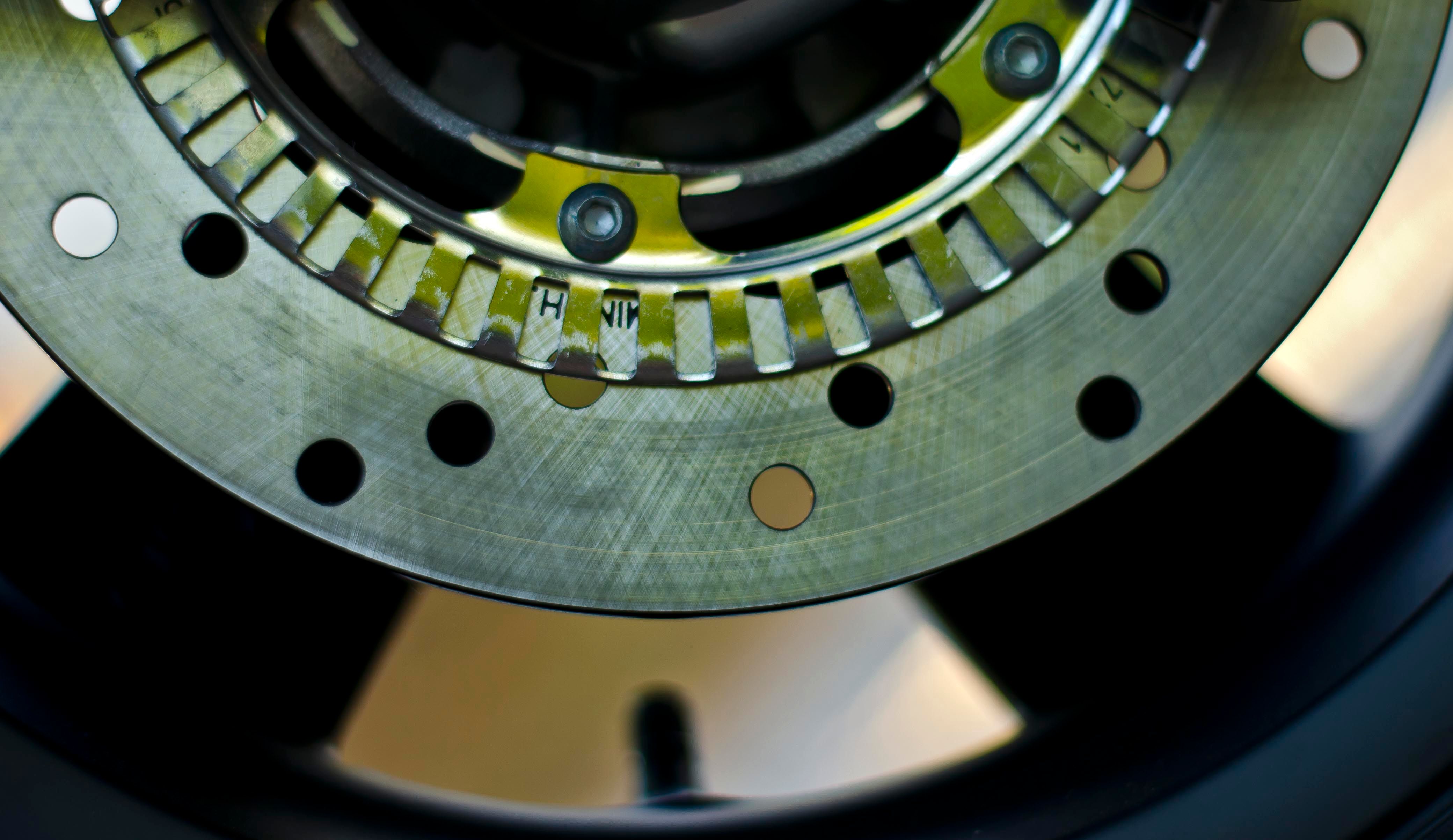While it's fairly safe to say that all Vespa products enjoy a pedigree with an established line of succession and deep historical roots, the limited edition “Sei Giorni” takes it a step further with a very narrow and specific historical reference as its design inspiration. Vespa calls it “the most powerful and technologically-advanced” unit it has ever produced with 278 cc mill that delivers 20-plus ponies and boasts over 16 pounds o' grunt. Uncommon styling touches include a curiously-low headlight and unusual little windscreen to go with a not-oft-seen body style that touches on the historical and takes even mundane components up a notch so that they too become special.
Continue reading for my review of the Vespa Sei Giorni 300.
2018 Vespa Sei Giorni 300
- Make: Array
- Model: 2018 Vespa Sei Giorni 300
- Engine/Motor: single cylinder
- [do not use] Vehicle Model: Array
Design
In order to understand the design, you must first understand the history behind it. You see, way back in 1951, Piaggio built a scooter to take on “proper” off-road bikes in the Sei Giorni Internazionale di Varese that was widely regarded as one of the toughest in the world. Not only did the Vespa finish the race, but the “Squadra Corse” entry took the rest of the field to school in much the same way Mayweather just handled McGregor. In order to commemorate this momentous occasion, the factory built its “Sport 6 Giorni” that was characterized by its Corse-inspired features and racing livery. Fast forward to 2017 and the all-new Vespa GTS Sei Giorni, second of its name.
The tie-ins start immediately with the faro basso (low light) headlamp that rides on the front fender rather than up on the bars or fairing as usual. The naked handlebar shuns the usual fairing to save weight just as it did on the original, and that lends something of a utilitarian look to the ride. Though the front turn signals are recessed nicely into the front of the legguard, I expect the U.S. version to come with some bar-mount, hangy-downy blinkers to meet our lighting regulations. That's a shame, 'cause the stock lights are pretty fly if you ask me.
Steel sheet metal forms the entirety of the body panels for strength and sturdiness. At the backside of the legguard we find the plate with the unique number of the unit, a helmet ring and large, locking glove compartment ahead of a shallow tunnel that interrupts the step-through but includes a flat on the top that should still be able to be used for some 'tween-feet storage.
The seat is interesting in that the rider area is well developed, but the pillion tapers off to the rear kind of like a Mustang seat so that it has a somewhat solo look while retaining some passenger comfort. Flip-out footpegs and chrome JC handles complete the passenger's hardware.
Out back, a large taillight dominates the rear with molded-in blinkers and a plateholder that hangs down to obscure the mudguard. Finally, a green paint job makes the color connection (thankfully it's more palatable than the original) with the number “6” painted on in lieu of a racing number to make that final bond to the historical influences.
Chassis
As one might expect from Vespa, the Sei Giorni relies on a stressed-skin monocoque assembly to hold itself up, rather than using the simpler under-frame method, and it uses welded reinforcement members to further stiffen the assembly. Equally unsurprising is the aircraft landing gear-type front suspension that uses a link and coil-over shock to buoy the front end and the pair of preload-adjustable shocks that tame the motion of the swingmount drivetrain.
Too bad Vespa didn't get the memo that donut tires are out, and it's okay to put 16-inch hoops on a scooter, but here we are with a pair of rinky-dink 12-inch tires. One thing the factory definitely got right is the brakes; the old rear drum hit the history books in favor of 220 mm hydraulic discs fore and aft with ABS protection all the way 'round.
|
Load Bearing Structure: |
Sheet metal body with welded reinforcements |
|
Front suspension: |
Single arm fork with coil spring and hydraulic control |
|
Rear suspension: |
Double hydraulic shock absorber with four-position spring pre-load adjustment |
|
Front brake: |
Hydraulically operated 220 mm stainless steel disc - ABS |
|
Rear brake: |
Hydraulically operated 220 mm stainless steel disc - ABS |
|
Front tyre: |
Tubeless 120/70 - 12" |
|
Rear tyre: |
Tubeless 130/70 - 12" |
Drivetrain
The beating heart comes mated with the transmission and rear wheel in a stressed-case arrangement that replaces the swingarm in class-typical fashion. A 278 cc thumper runs with a 75 mm bore and 63 mm stroke with a four-valve head that really opens up the combustion chamber to let it breathe. Electronic fuel injection skips the throttle-body injection for some direct-port injection action instead, and electronic ignition manages the spark with a variable-advance feature for engine management that goes far beyond the old standard. Liquid-cooled, the jacketed engine effectively vents waste heat while keeping the audible mechanical-thrashing noises to a minimum.
As usual, a Continuously-Variable Transmission automatically handles the ratios for effortless, twist-and-go operation, and a centrifugal dry clutch couples engine to tranny for clutch lever-free riding. The power numbers point to a thrilling ride with a total of 21.2 horsepower at 7,750 rpm and 16.2 pound-feet of torque at five grand; plenty to hurl this racing tribute down the road with some authority.
|
Engine: |
Single-cylinder, 4-stroke, 4 valves, electronic injection |
|
Displacement: |
278 cc |
|
Bore x Stroke: |
75 mm x 63 mm |
|
Max power at crankshaft : |
21.2 horsepower at 7,750 rpm |
|
Max Torque: |
16.2 pound-feet at 5,000 rpm |
|
Fuel system: |
P.I. Injection (Port Injected) |
|
Ignition: |
Electronic, with variable advance |
|
Cooling system: |
Liquid |
|
Lubrication: |
Wet sump |
|
Gearbox: |
CVT with torque server |
|
Clutch: |
Automatic centrifugal dry clutch |
Pricing
You can own a piece of sort-of history for $7,699, and you can get it in any color you want as long as you want Matte Verde (green). Of course, the accessory catalog gives you plenty of opportunities to inflate that with front-and-rear luggage racks, a perimeter guard kit or a dual-action mechanical/electronic anti-theft system.
|
Color: |
Verde Matt |
|
Price: |
$7,699 |
Competitors
It's tough to find an apple to go with such a specific tribute piece, so I had to abandon aesthetics as part of my criteria and look for something else with “GT” credentials. Suddenly, it seems like I have a hundred possibilities. Since Italy is already well represented here, I took a look at KYMCO's lineup and the People GT 300i stood out as a likely candidate.
The People runs with a decidedly contemporary layout that seeks to deliver more of a true motorcycle-like experience through the use of hydraulically-damped telescopic forks and 16-inch wheels. They may not look very scooterish, but the improved handling makes that a worthwhile trade off. Beyond that, the People sports a similar front turn-signal arrangement in its small upper-legguard area, but the modern handlebar fairing and stylish flyscreen take the People in a much different direction than the Sei Giorni.
KYMCO runs with a full step-through and a modern beveled seat, and while the top case seems like it would give you more in the way of storage, its effectiveness is sapped by the next-to-useless underseat storage (oh, but it's lighted).
Mechanically, the hydraulic brakes are similar enough, but only Vespa has ABS protection available. The powerplants are likewise similar. KYMCO drives the People with a water-cooled, 298.9 cc mill that sports electronic fuel injection and quad-valve heads just like the Vespa. A CVT transmission is another constant across the board along with the ubiquitous swingdrive unit, but amazingly, KYMCO claims a total of 29.5 horsepower and 22 pound-feet of torque versus only 21.2/16.2 on the Vespa. Deal with it.
I'm sure nobody is shocked that the People costs less than the Sei, to the tune of $4,899 against $7,699. Name power and historical interest will draw some to the Sei Gioni, but I think folks up against a budget or just being pragmatic may look toward something like the KYMCO People first.
He Said
My husband and fellow motorcycle writer, TJ Hinton, says, “Cool little scoot. I like that it has a specific story, and the fact that it's a numbered run should appeal to many. The racing heritage is an interesting point as well, but I don't think that's going to move it into the Millennial's market quite like the looks will. Nicely done, folks”
She Said
"To save some of the readers from hitting the translator, "sei giorni" means "six days" and commemorates the original “Six Days” Vespa Sport that won nine gold medals at the “International Six Days of Varese“ in 1951. This also explains the "6" on the number plate. I like the low-mounted headlamp. It gives the scooter an altogether different look from the 'norm.' So yeah, historical tribute, nice looking ride and a 300i engine to take you there."
Specifications
|
Engine: |
|
|
Engine Type: |
Single-cylinder, 4-stroke, 4 valves, electronic injection |
|
Engine capacity : |
278 cc |
|
Bore x Stroke: |
75 mm x 63 mm |
|
Max power at crankshaft : |
21.2 horsepower at 7,750 rpm |
|
MAX Torque: |
16.2 pound-feet at 5,000 rpm |
|
Fuel system: |
P.I. Injection (Port Injected) |
|
Ignition: |
Electronic, with variable advance |
|
Cooling system: |
Liquid |
|
Lubrication: |
Wet sump |
|
Gearbox: |
CVT with torque server |
|
Clutch: |
Automatic centrifugal dry clutch |
|
Engine: |
|
|
Load Bearing Structure: |
Sheet metal body with welded reinforcements |
|
Front suspension: |
Single arm fork with coil spring and hydraulic control |
|
Rear suspension: |
Double hydraulic shock absorber with four-position spring pre-load adjustment |
|
Front brake: |
Hydraulically operated 220 mm stainless steel disc - ABS |
|
Rear brake: |
Hydraulically operated 220 mm stainless steel disc - ABS |
|
Front tyre: |
Tubeless 120/70 - 12" |
|
Rear tyre: |
Tubeless 130/70 - 12" |
|
Chassis: |
|
|
Length/Width: |
76.8 inches/30.3 inches |
|
Wheelbase : |
54.1 inches |
|
Saddle height: |
31.1 inches |
|
Fuel tank capacity: |
2.5 Gallons |
|
Emissions compliance: |
Euro 4 |
|
Dimensions & Capacities: |
|
|
Top Speed: |
73.3 mph |
|
Fuel Consumption: |
76 mpg |
|
Color: |
Verde Matt |
|
Price: |
$7,699 |
References
See our review of the KYMCO People GT 300i.

